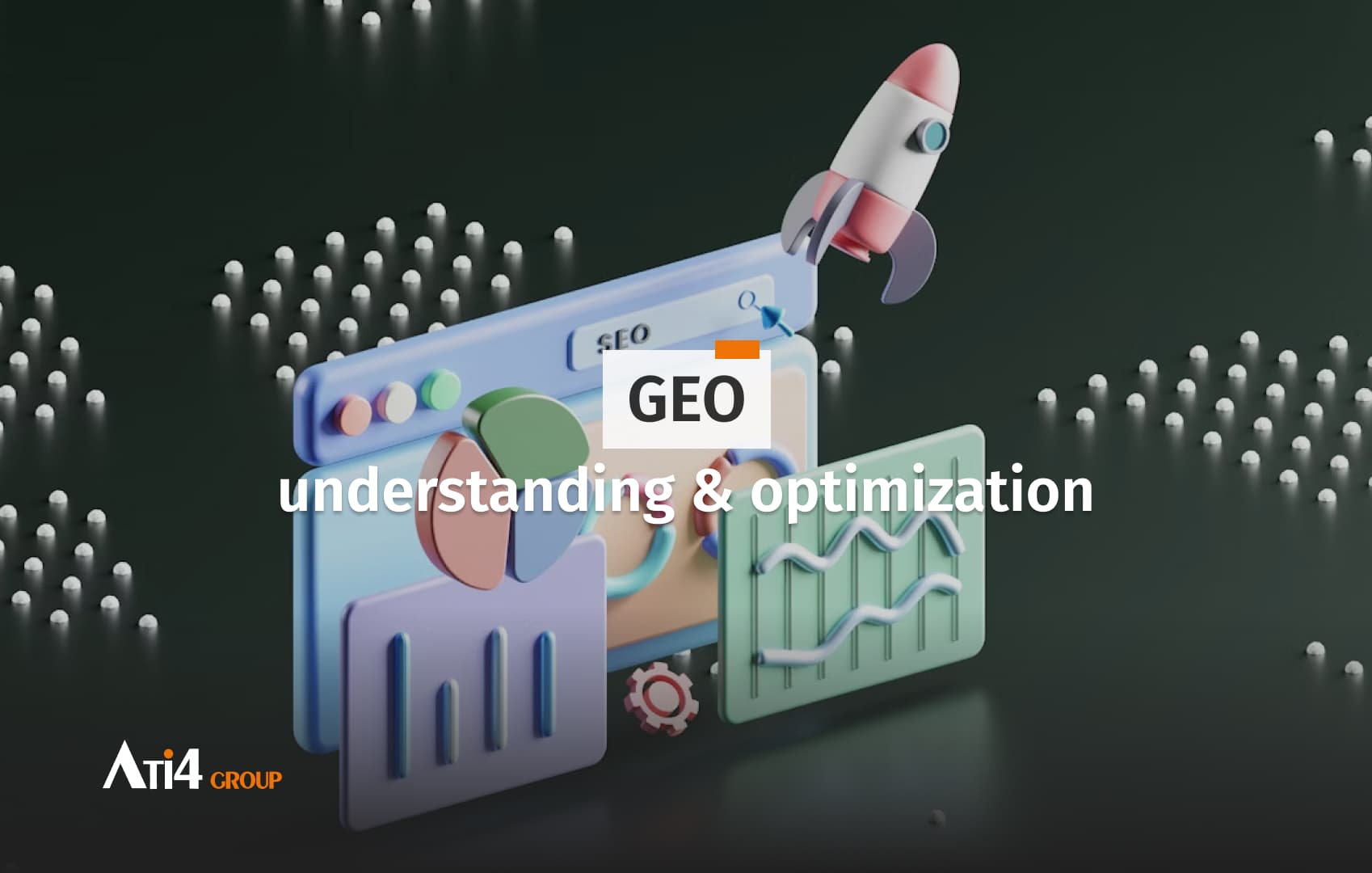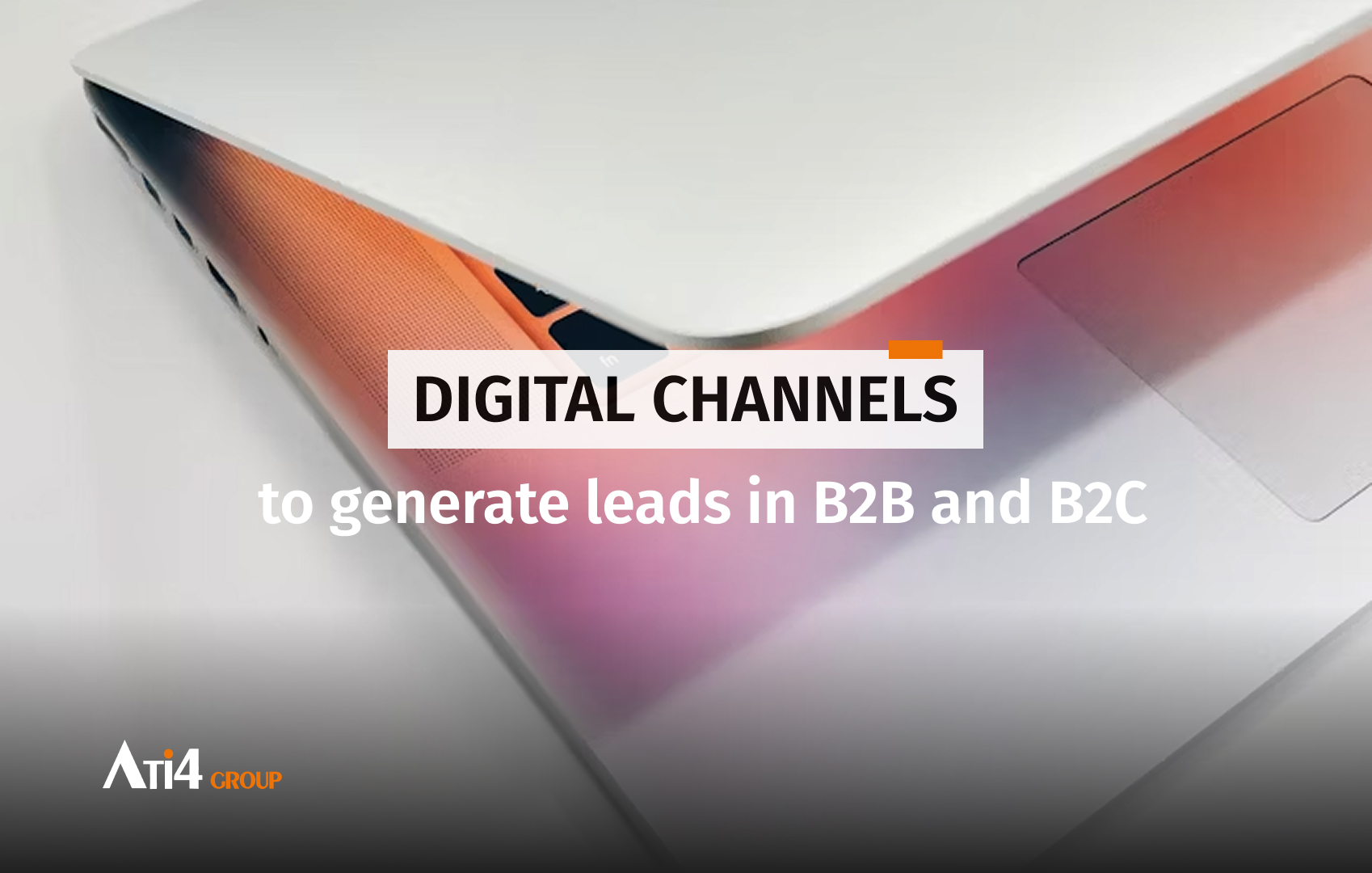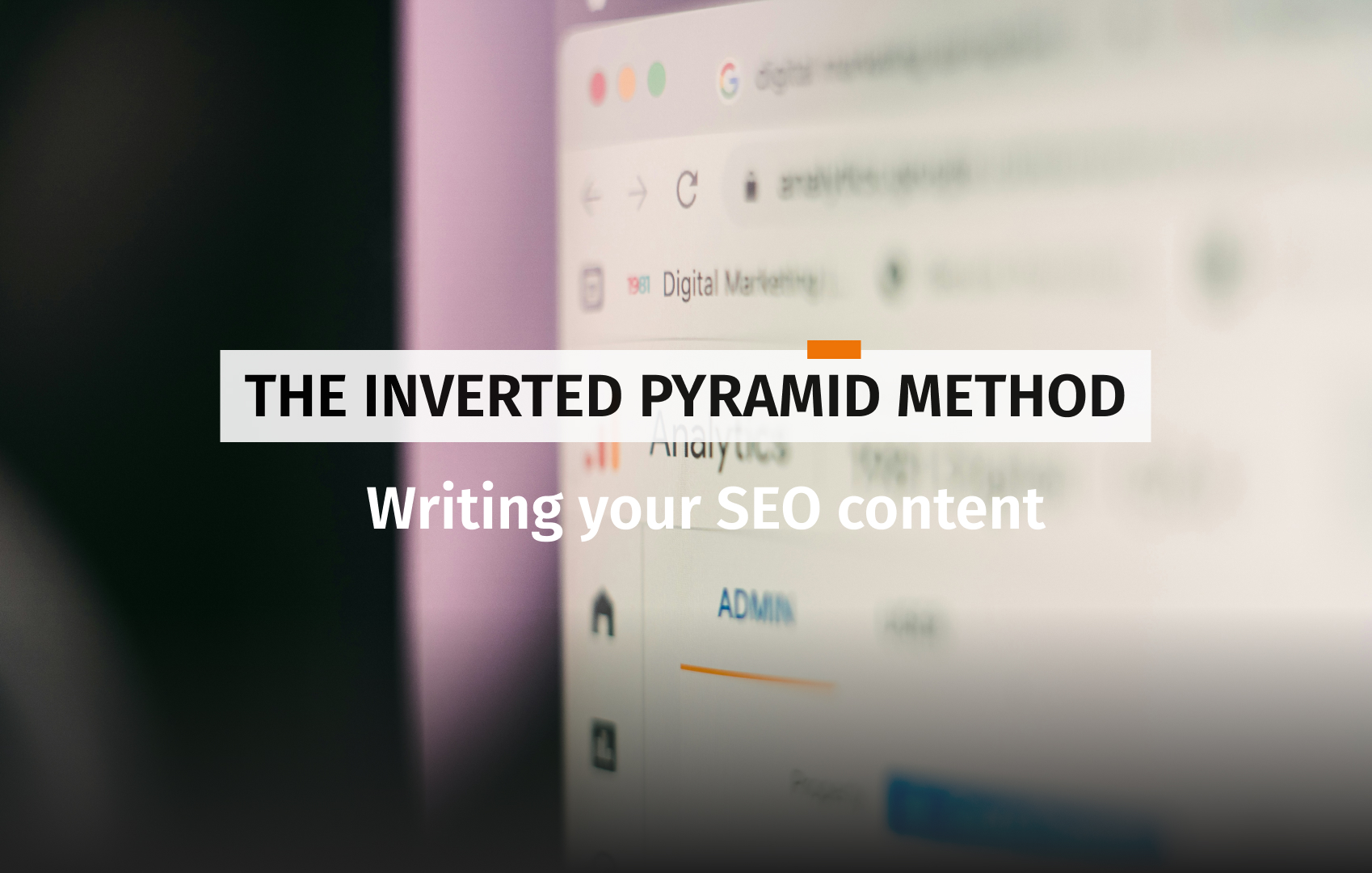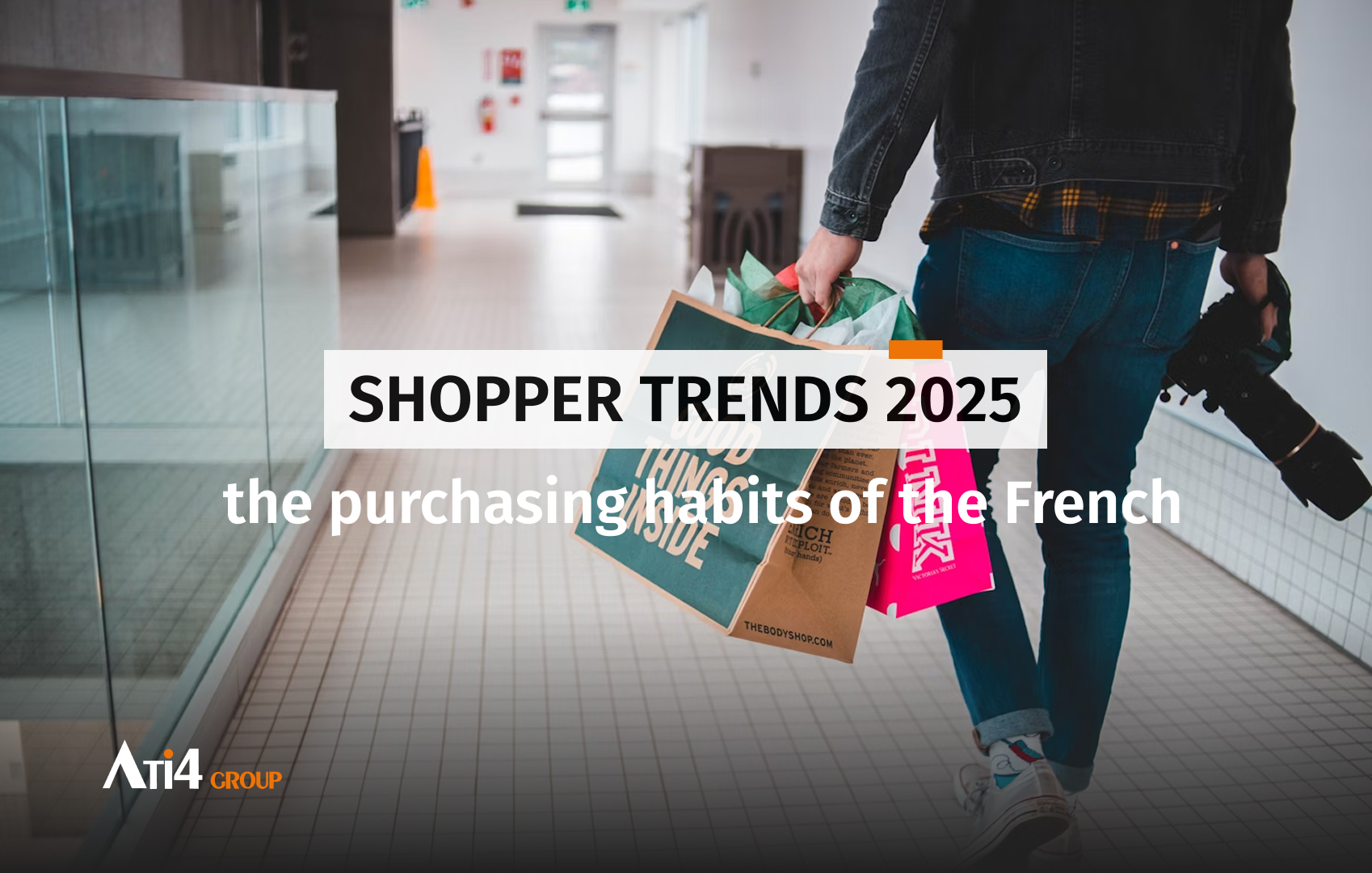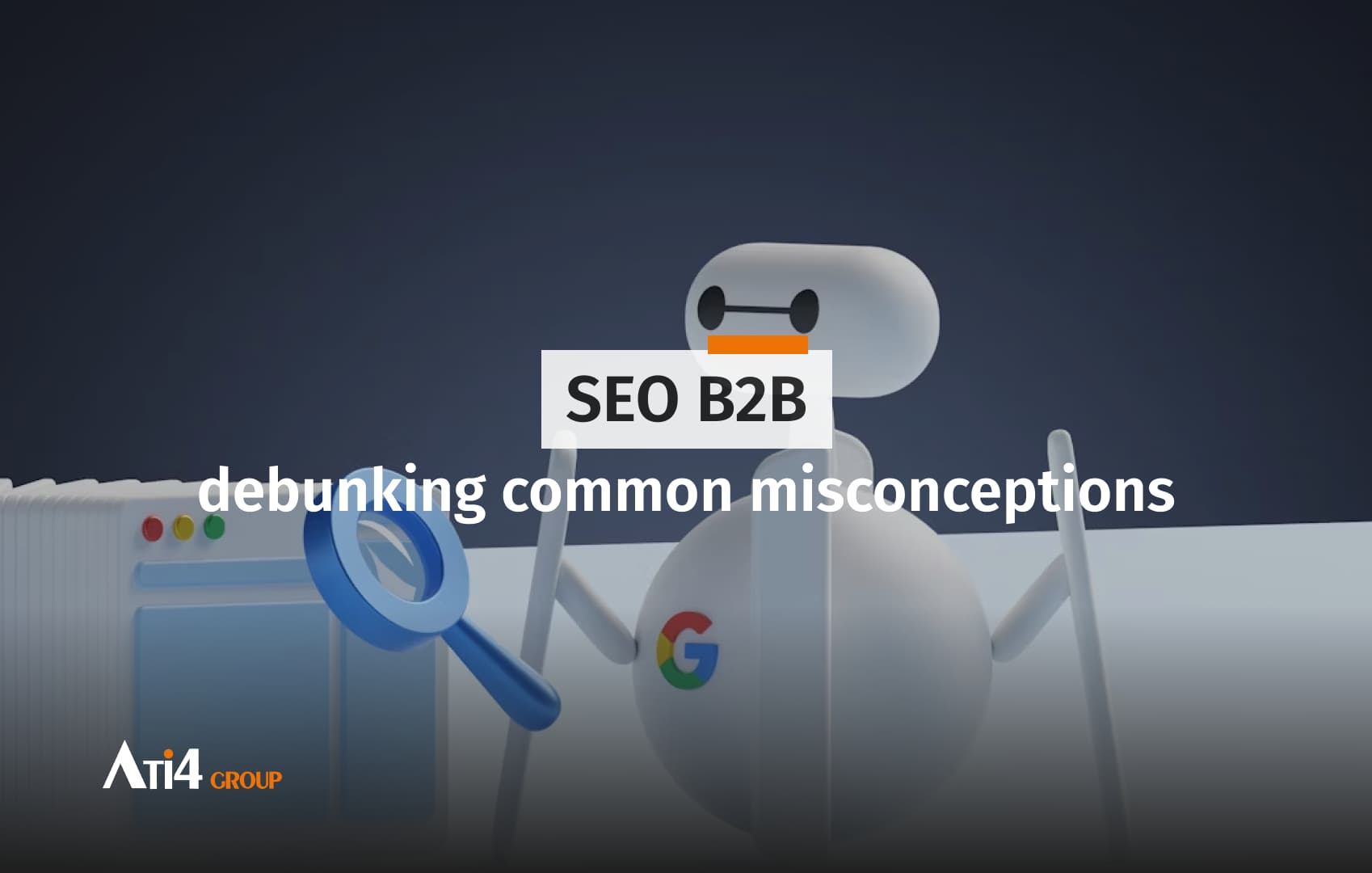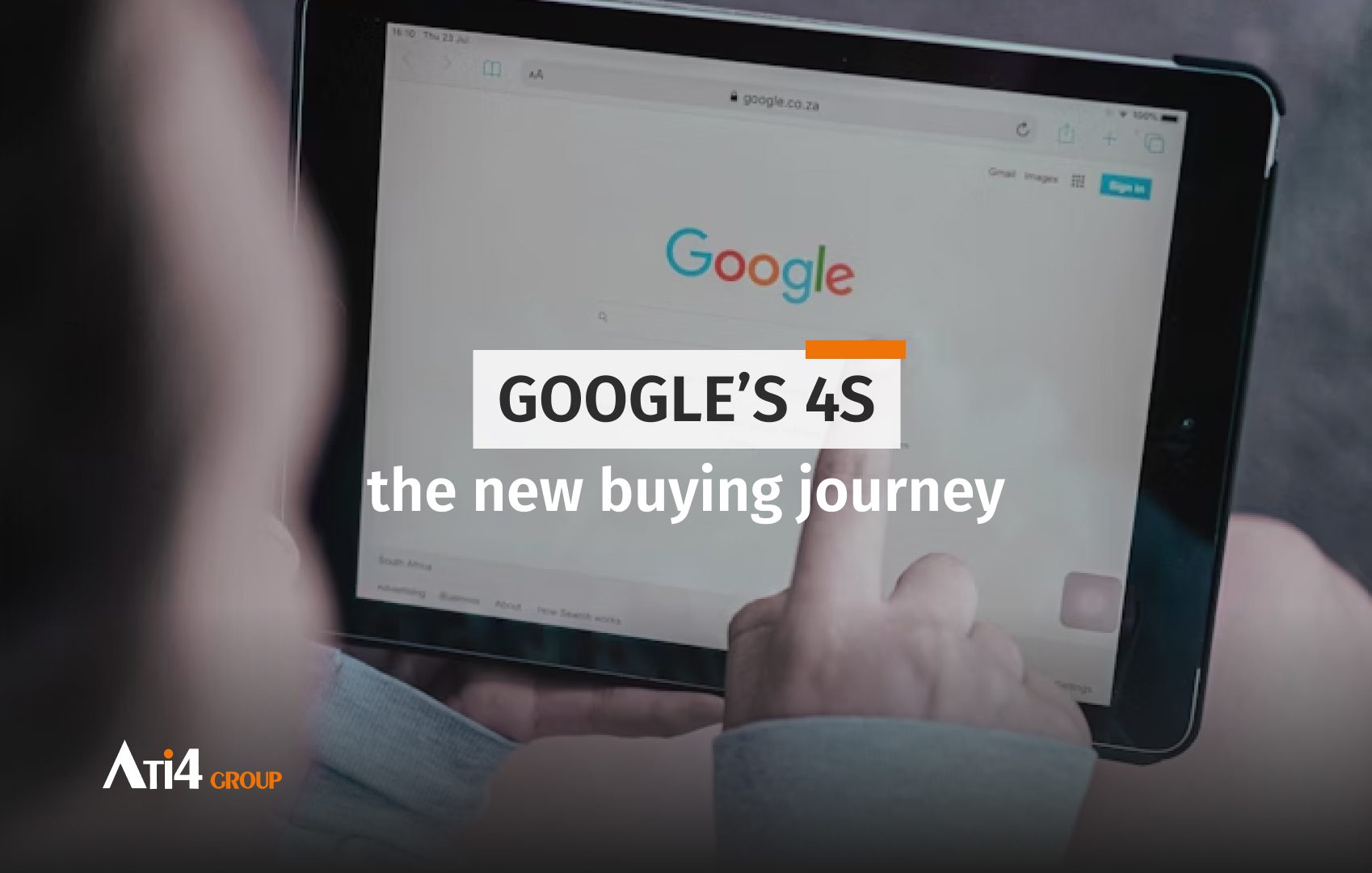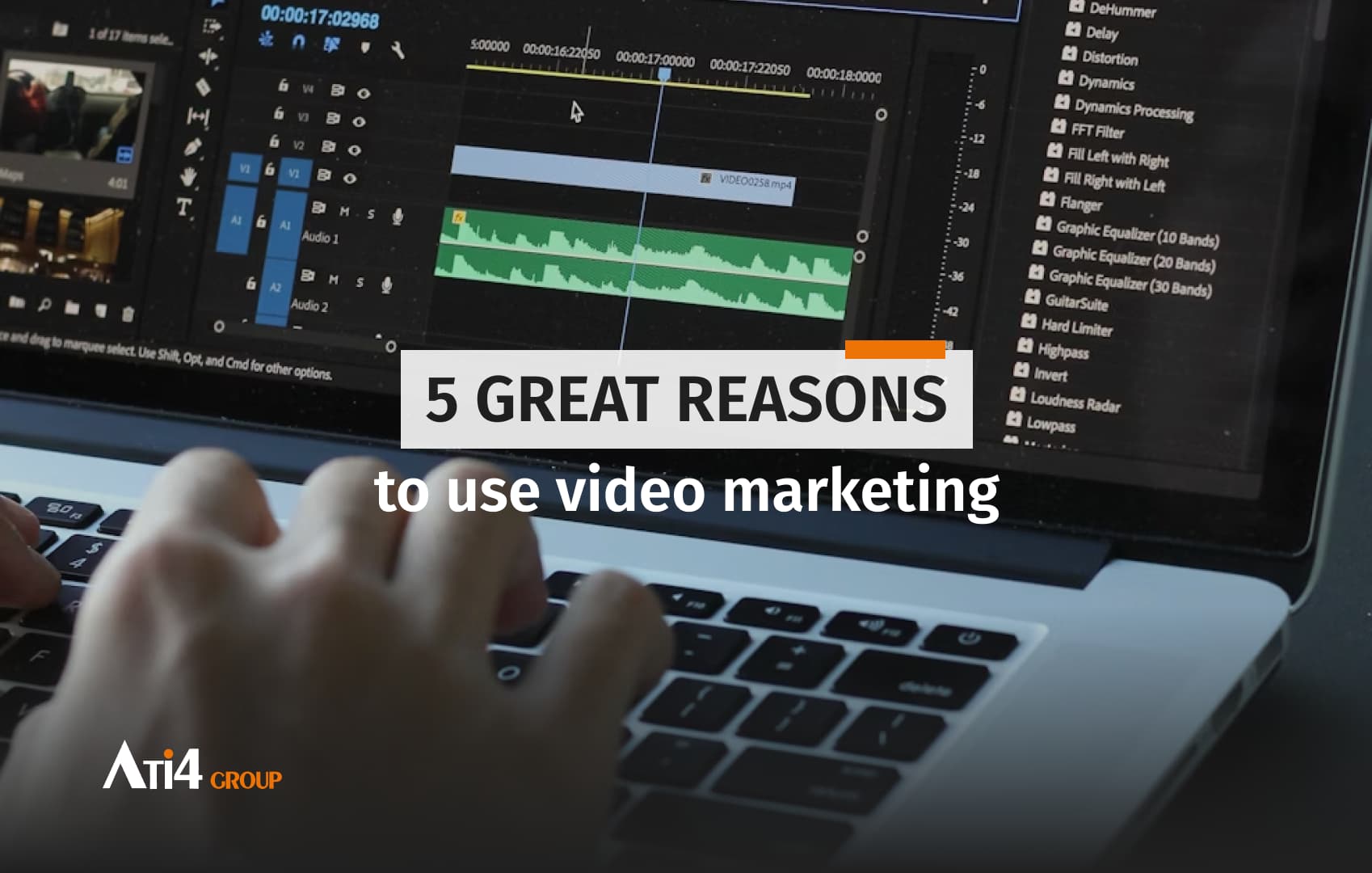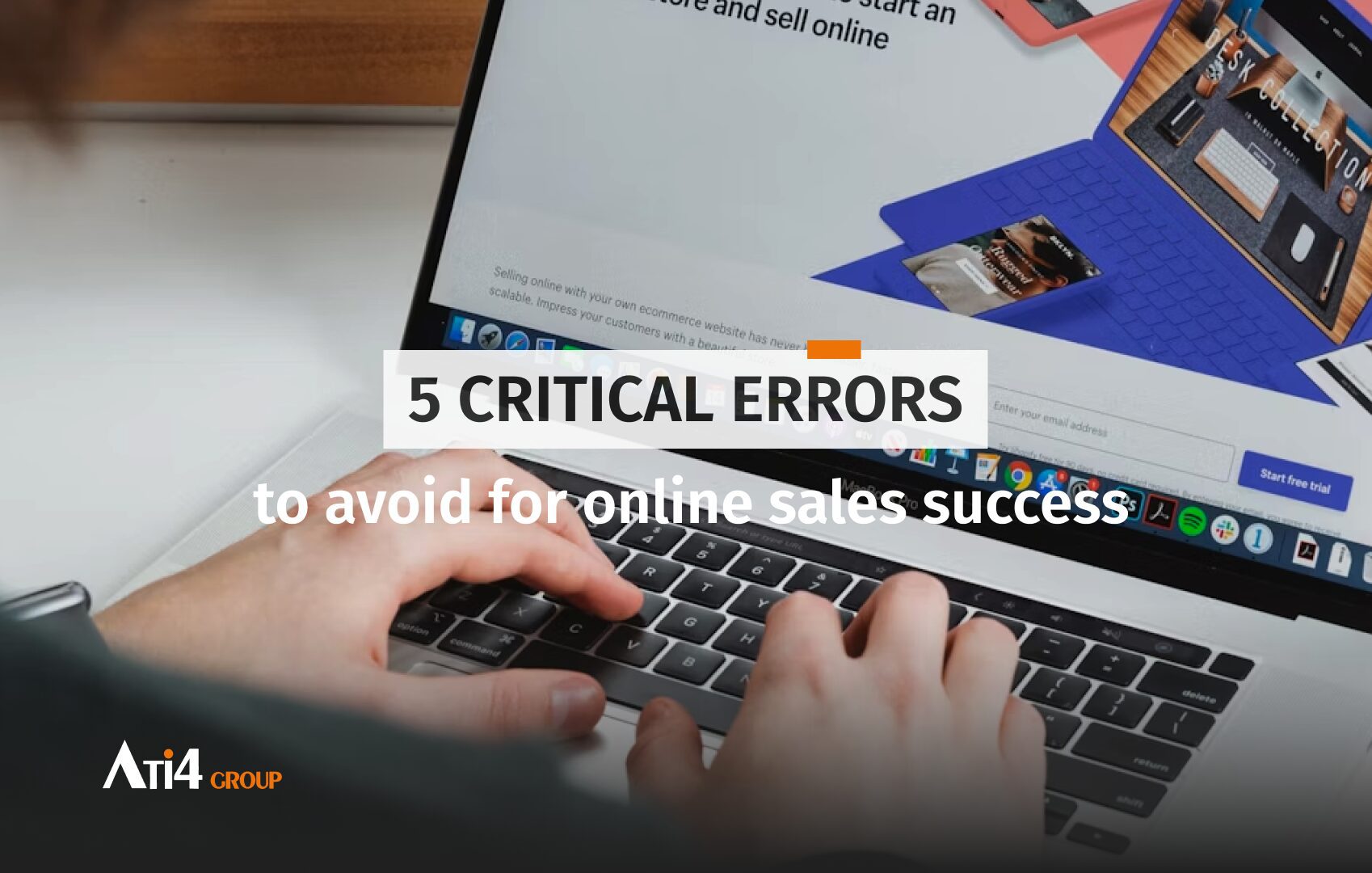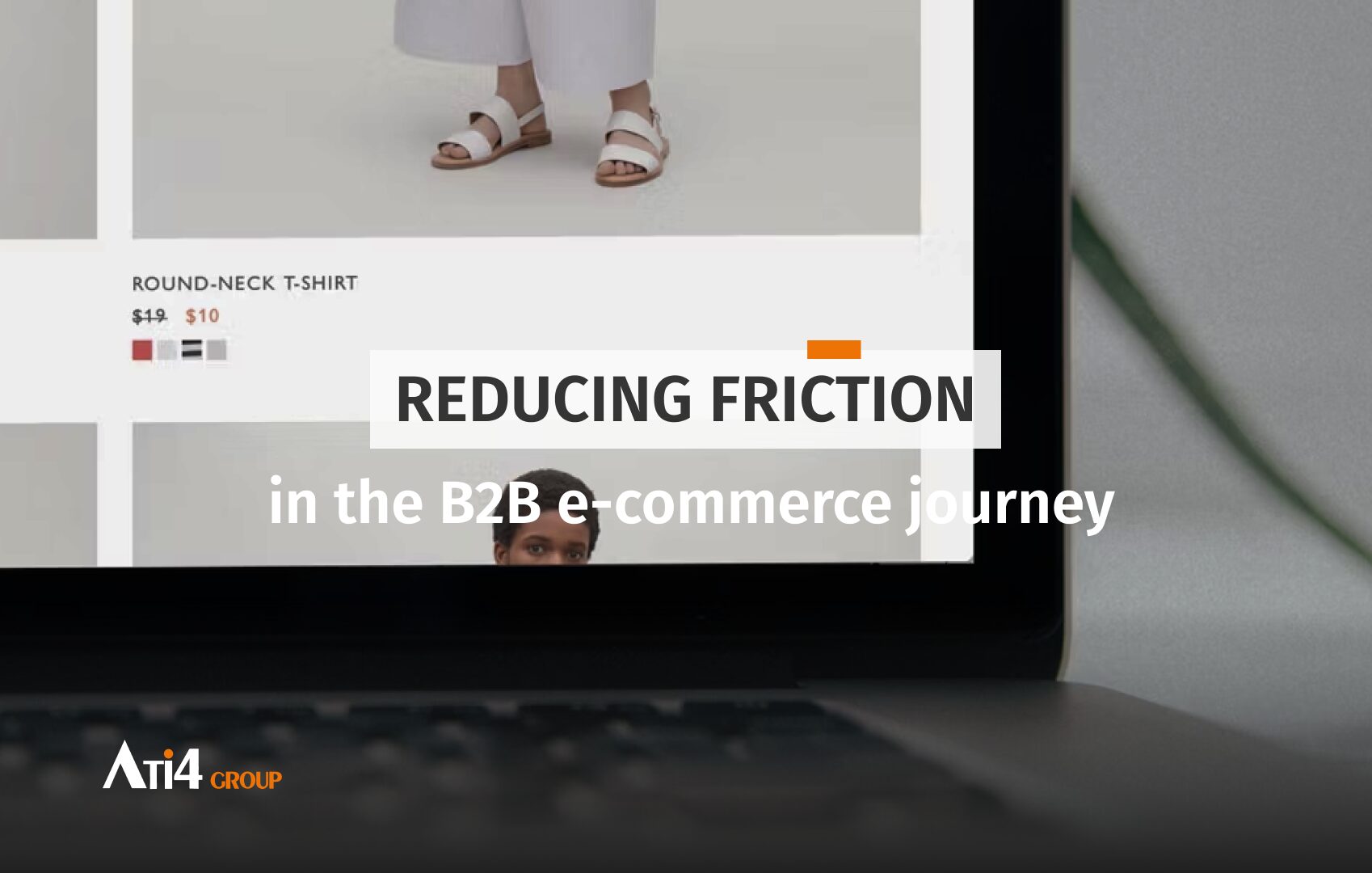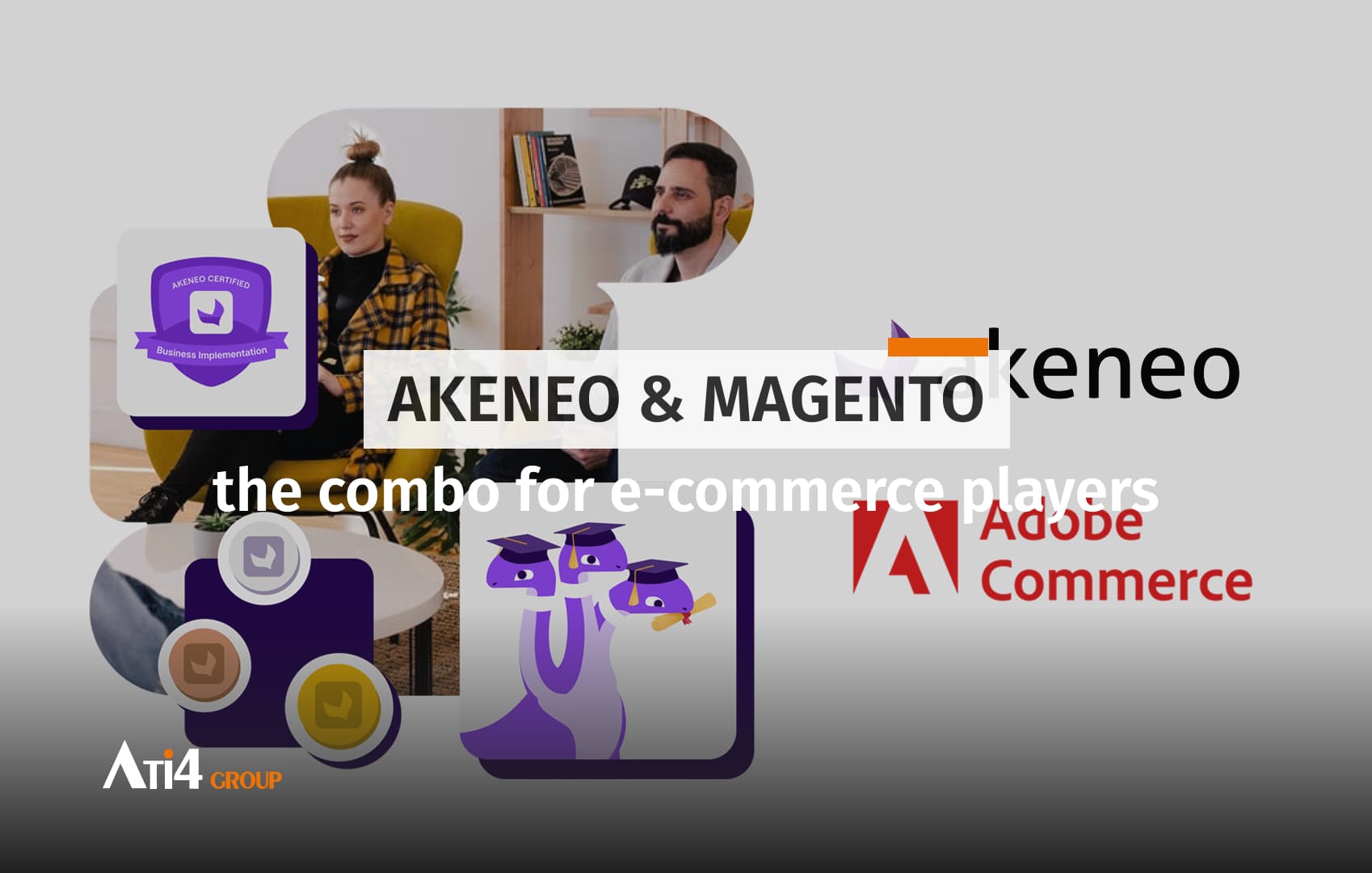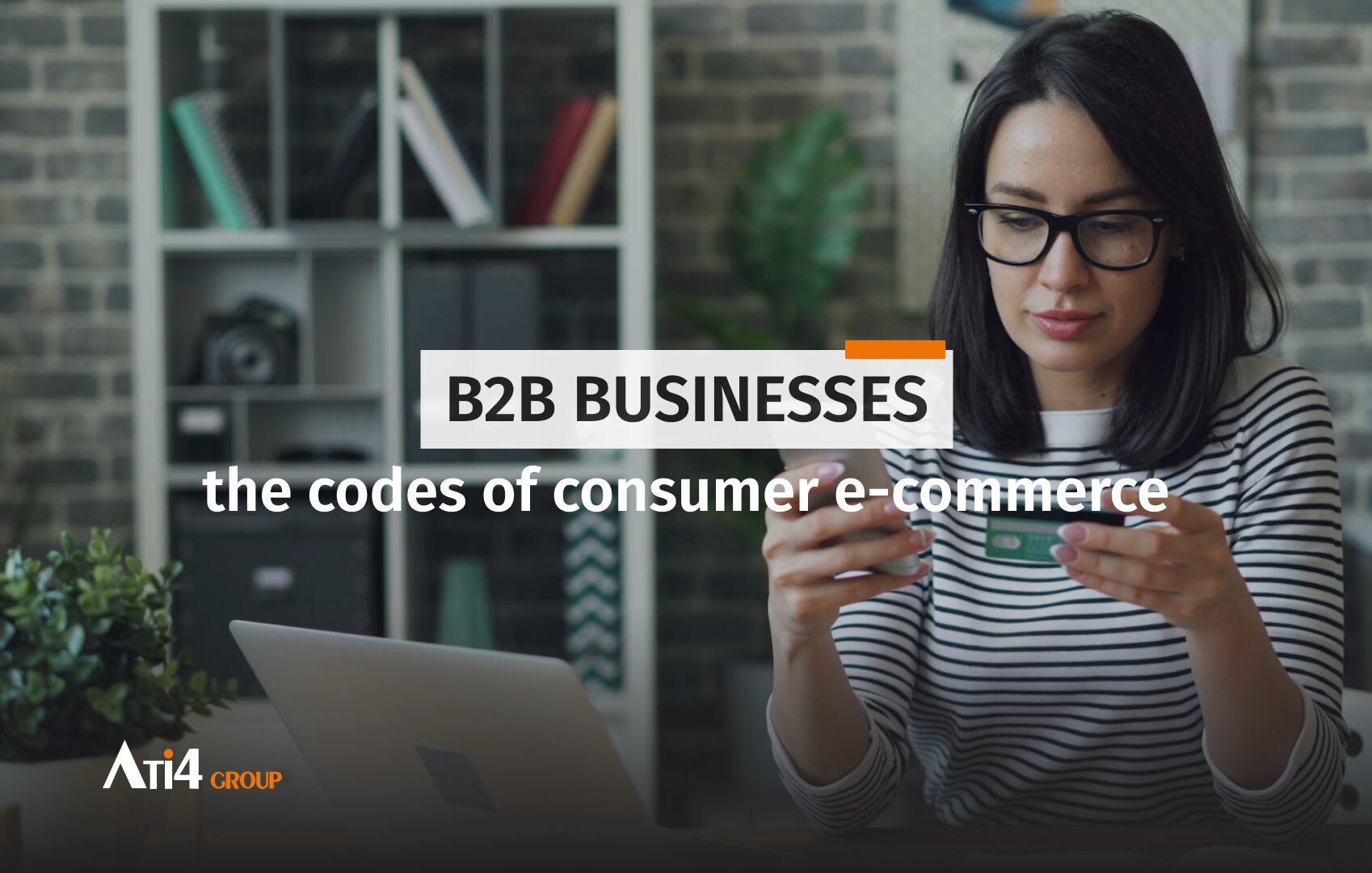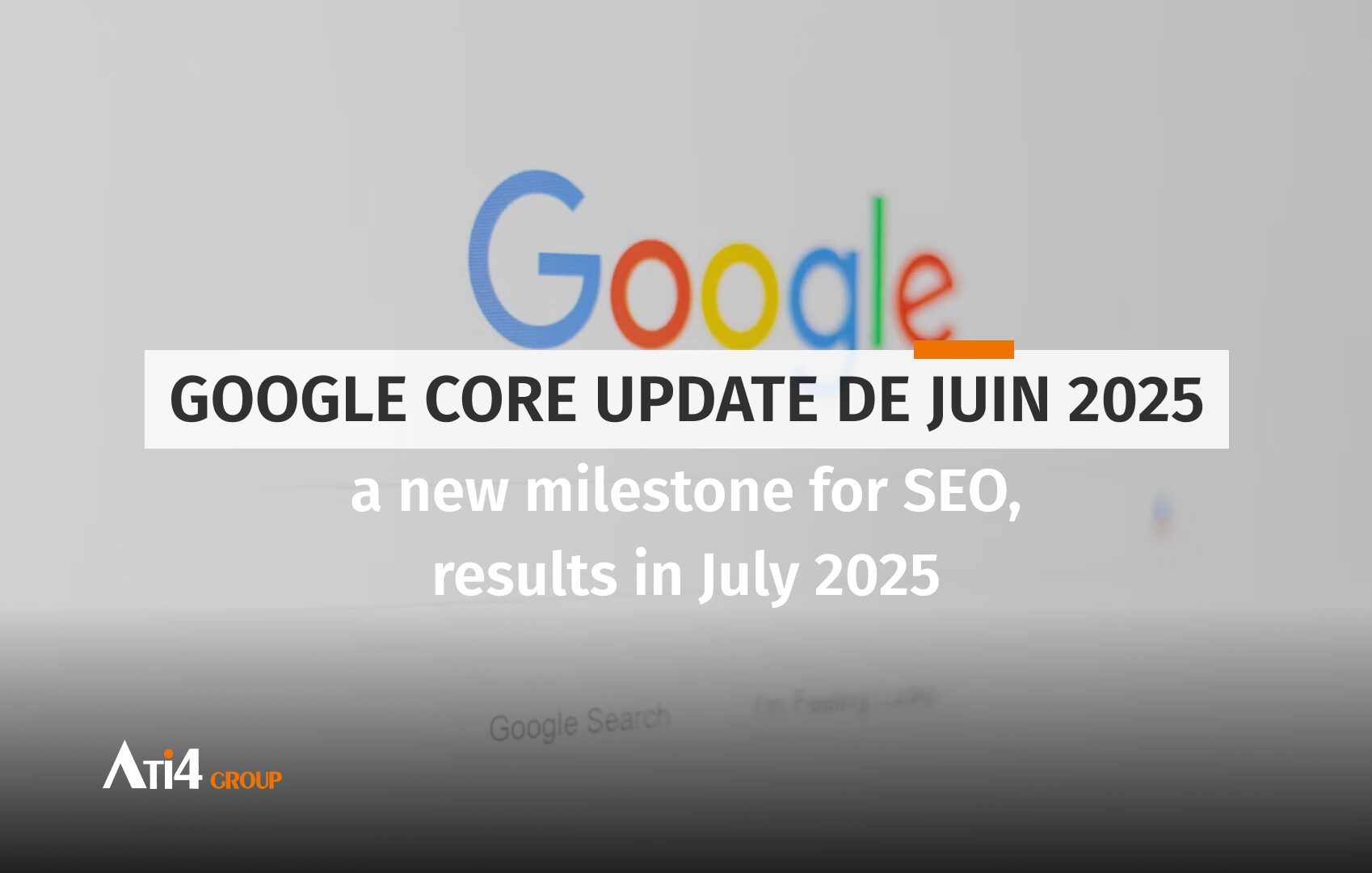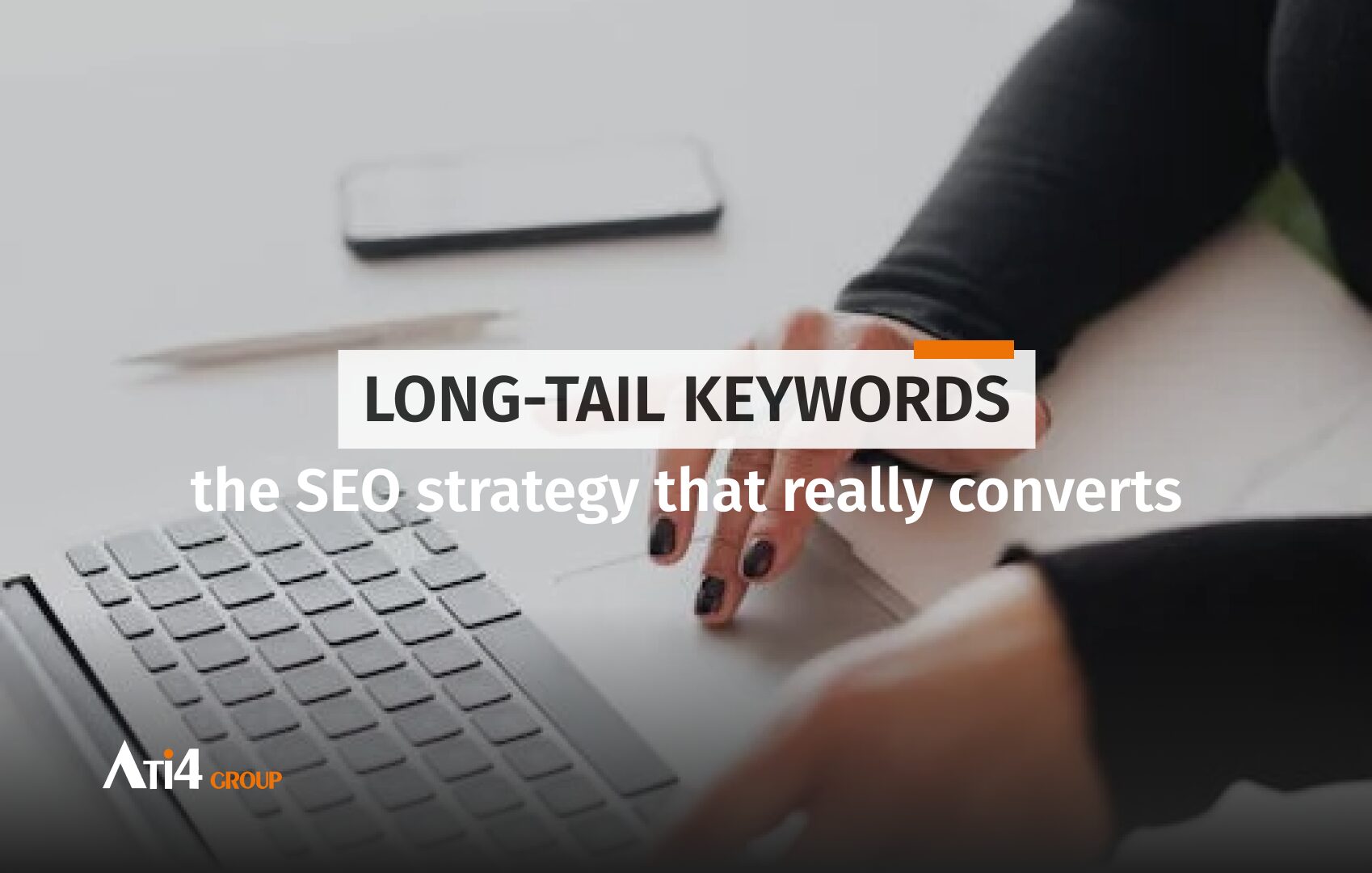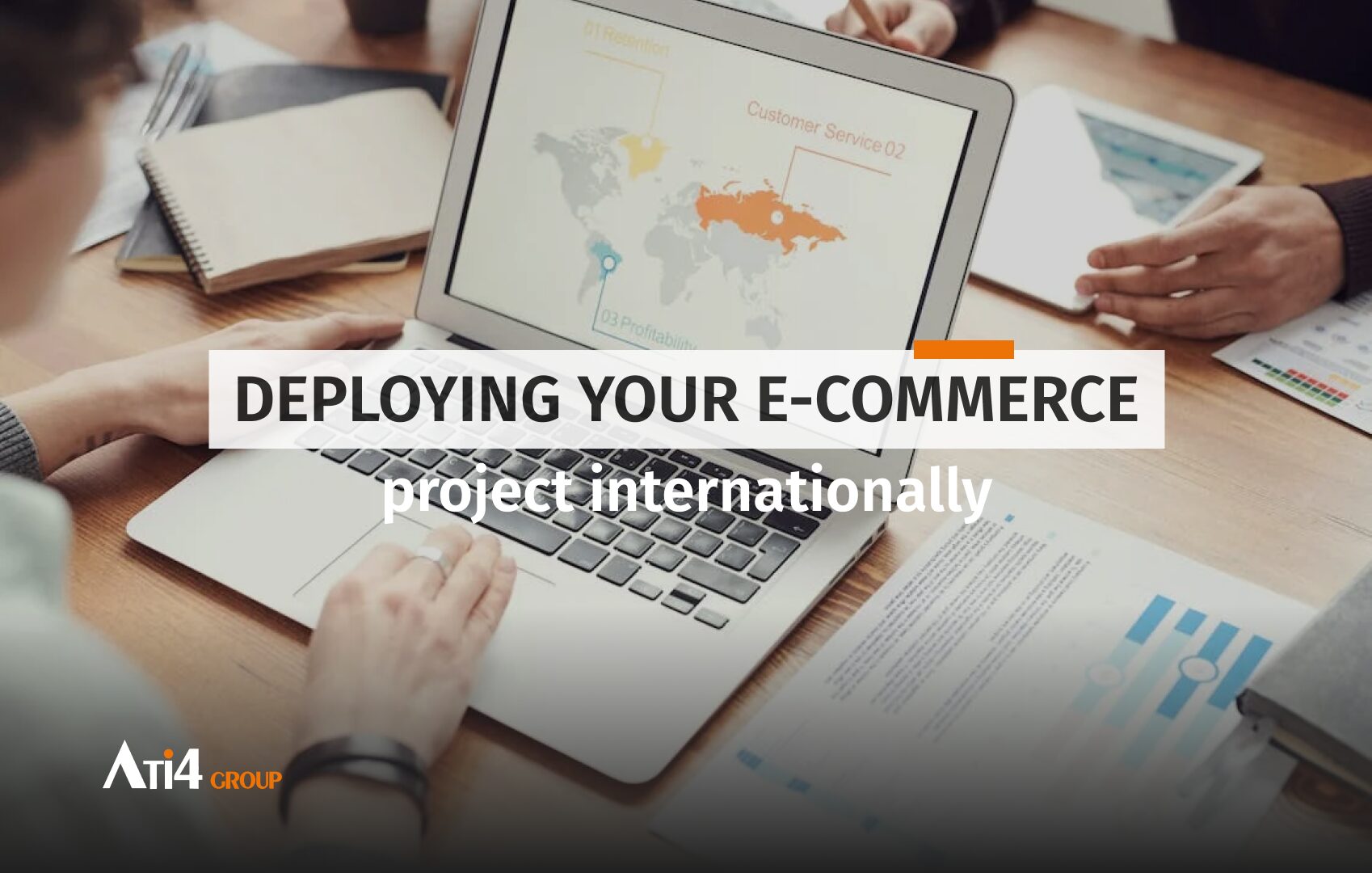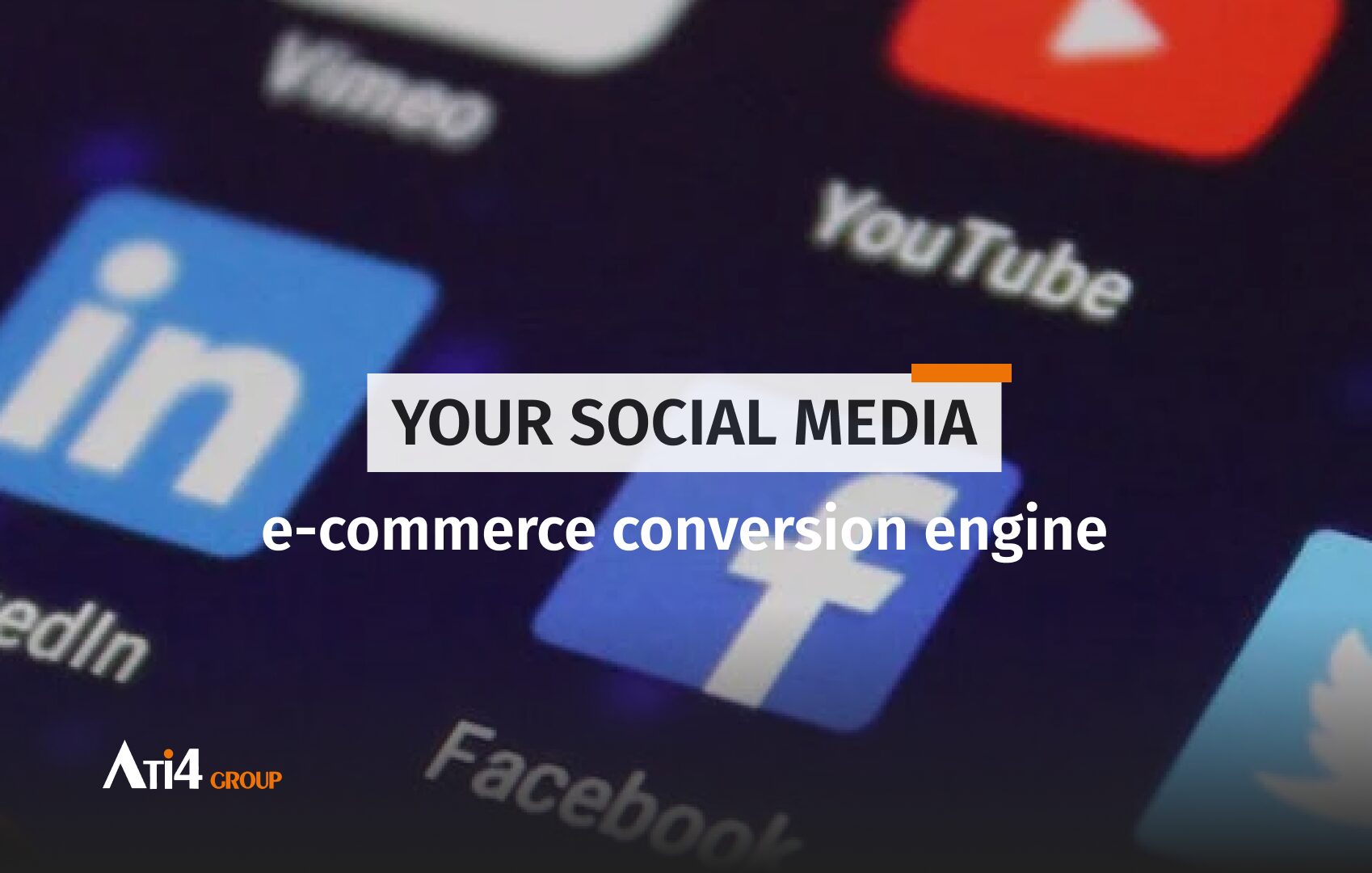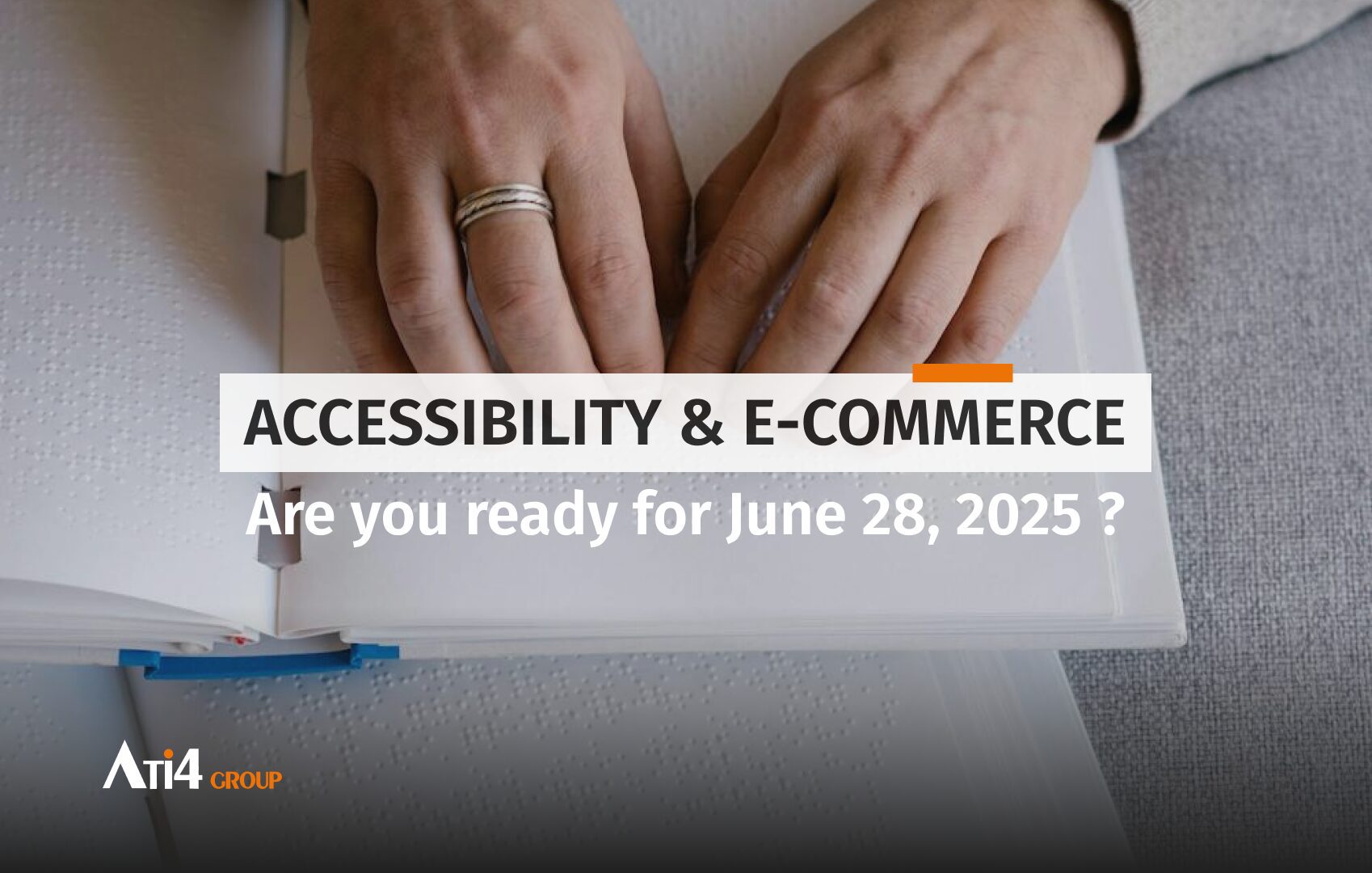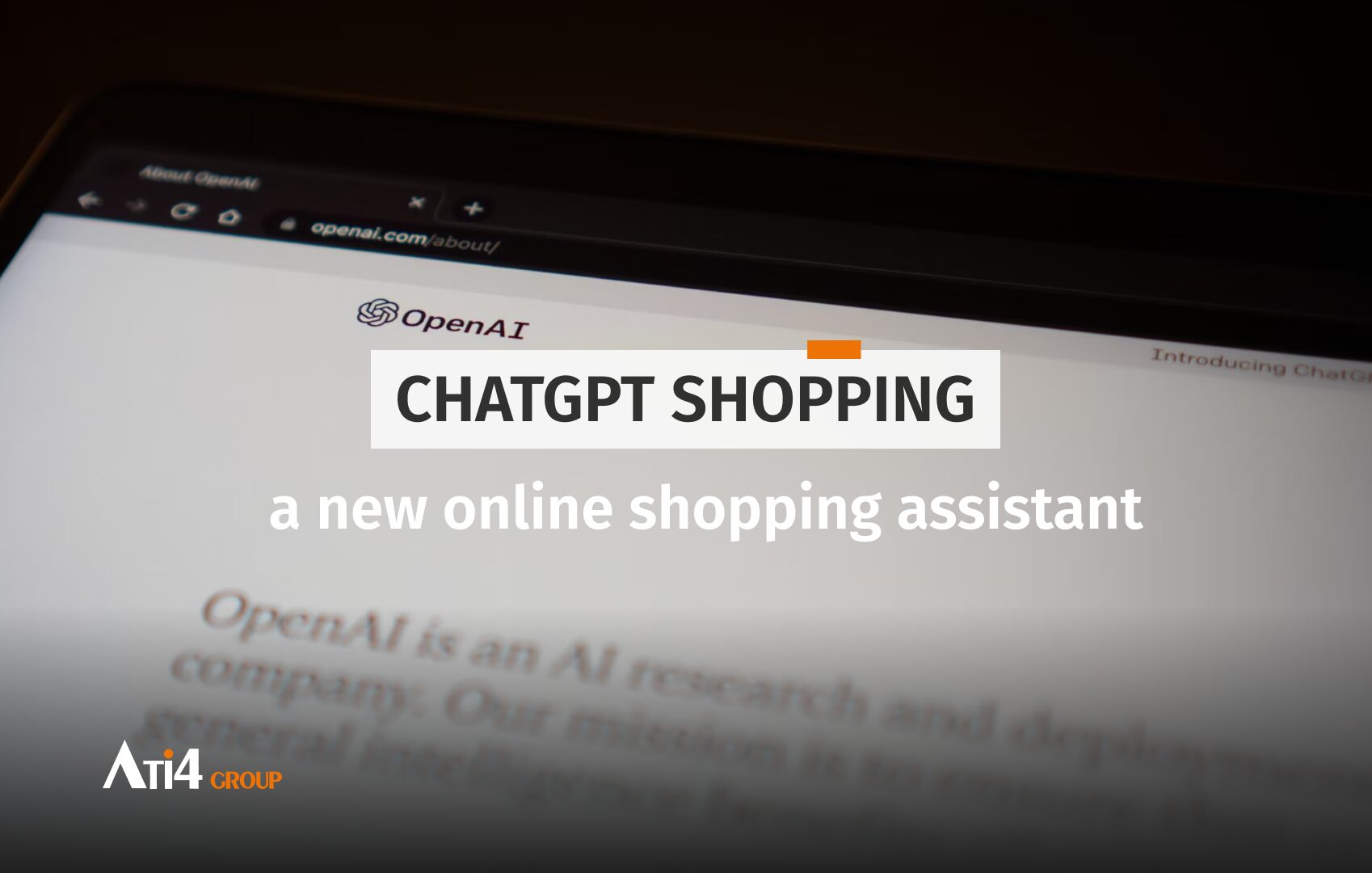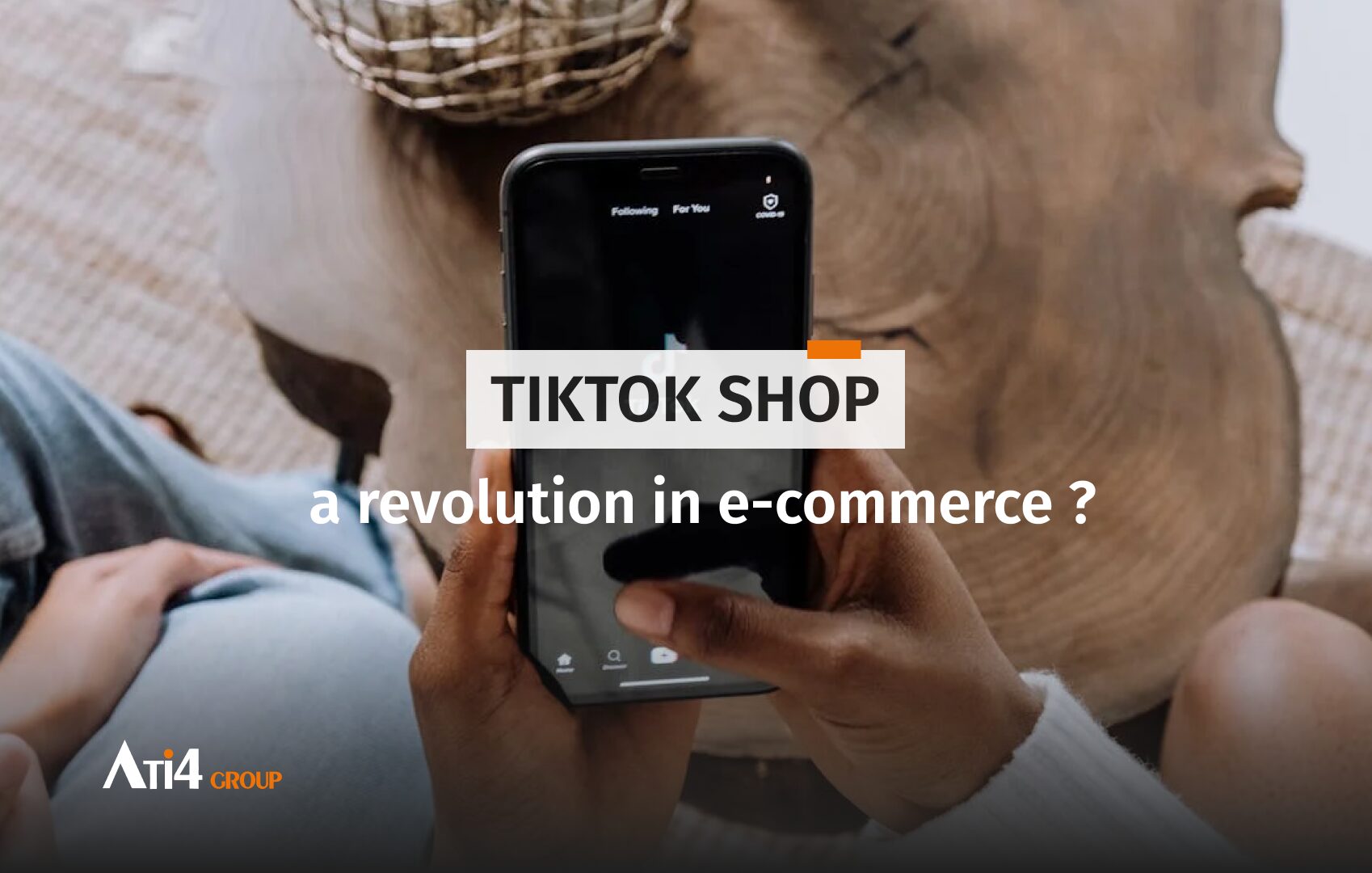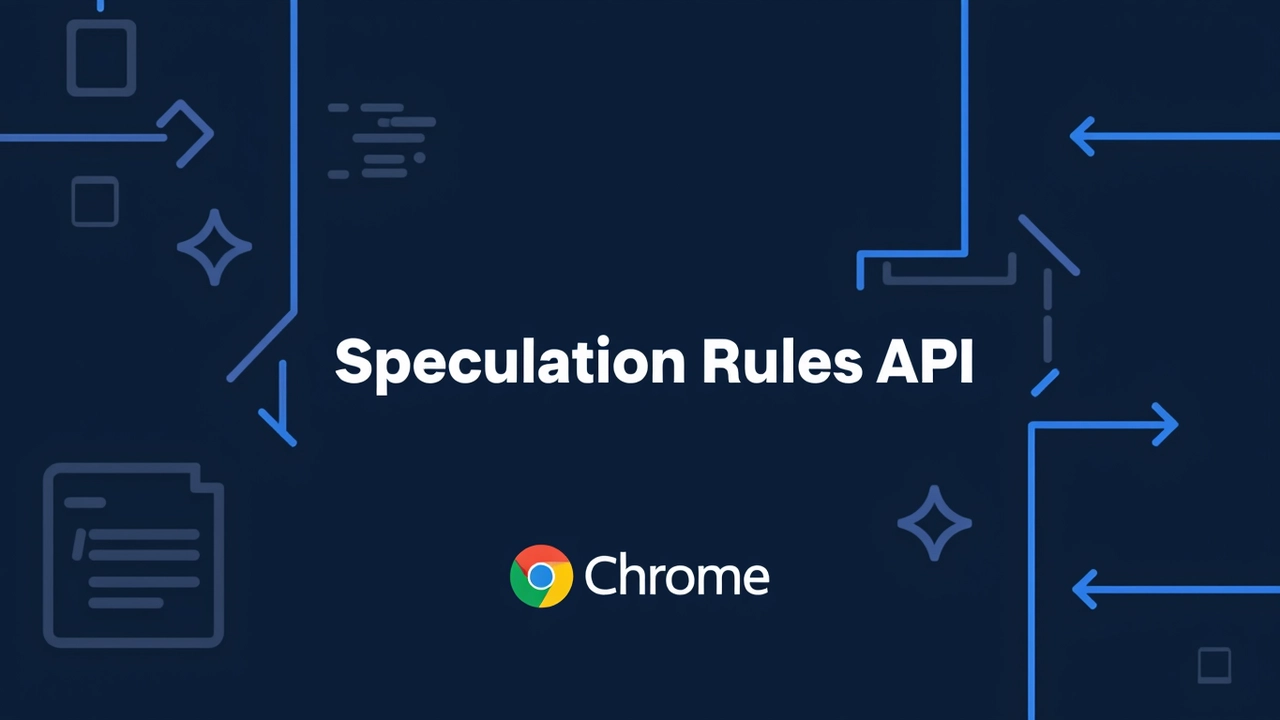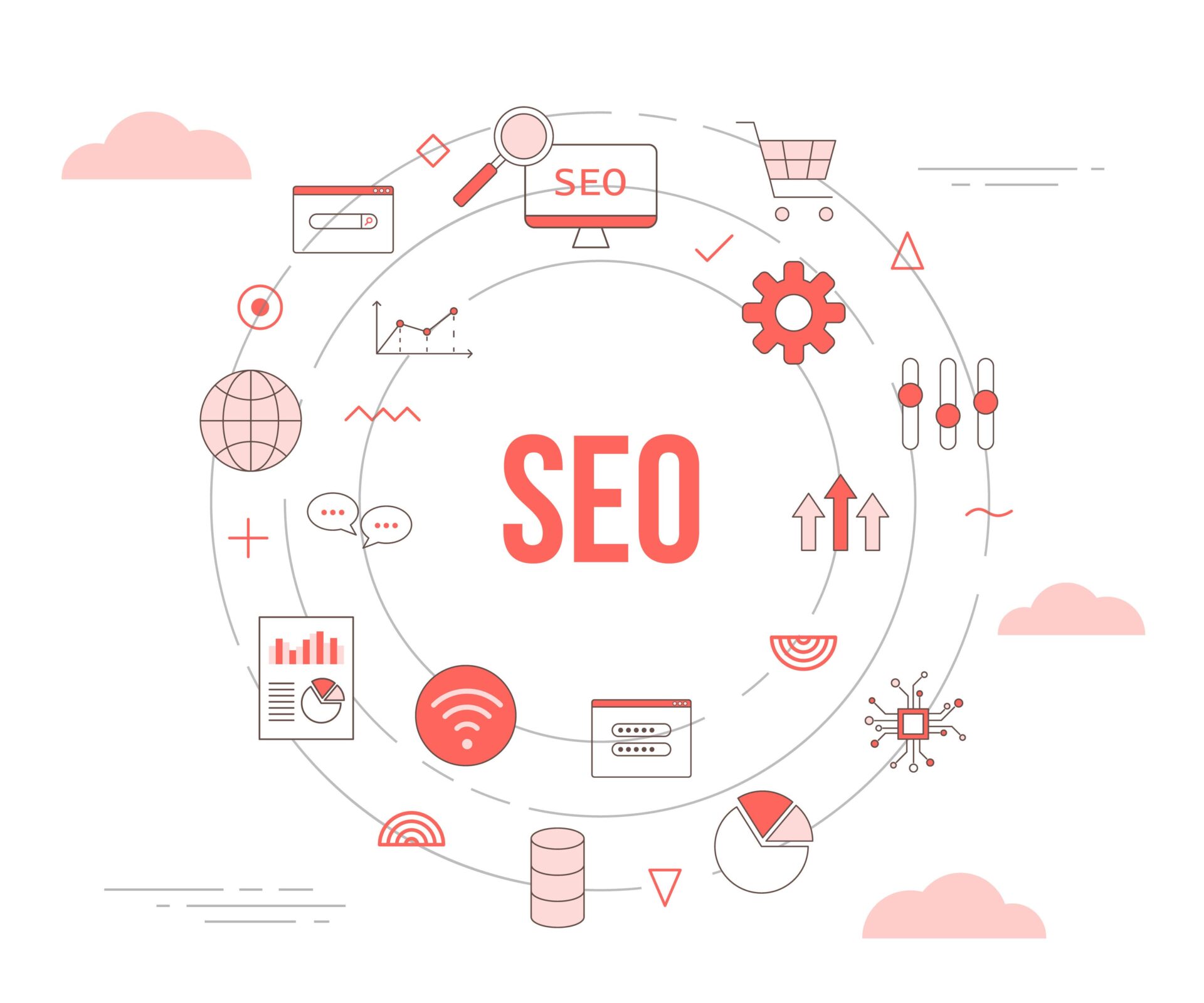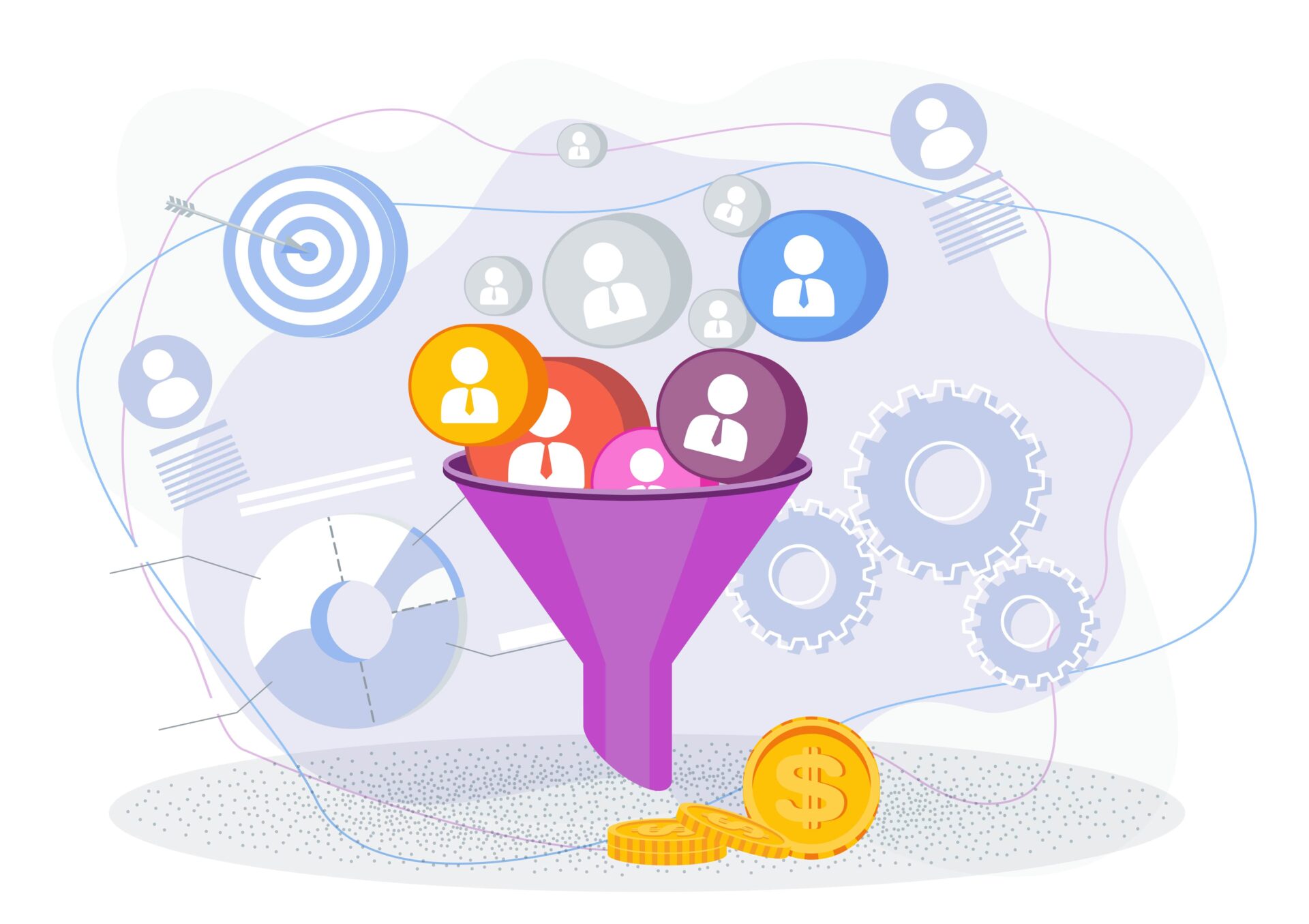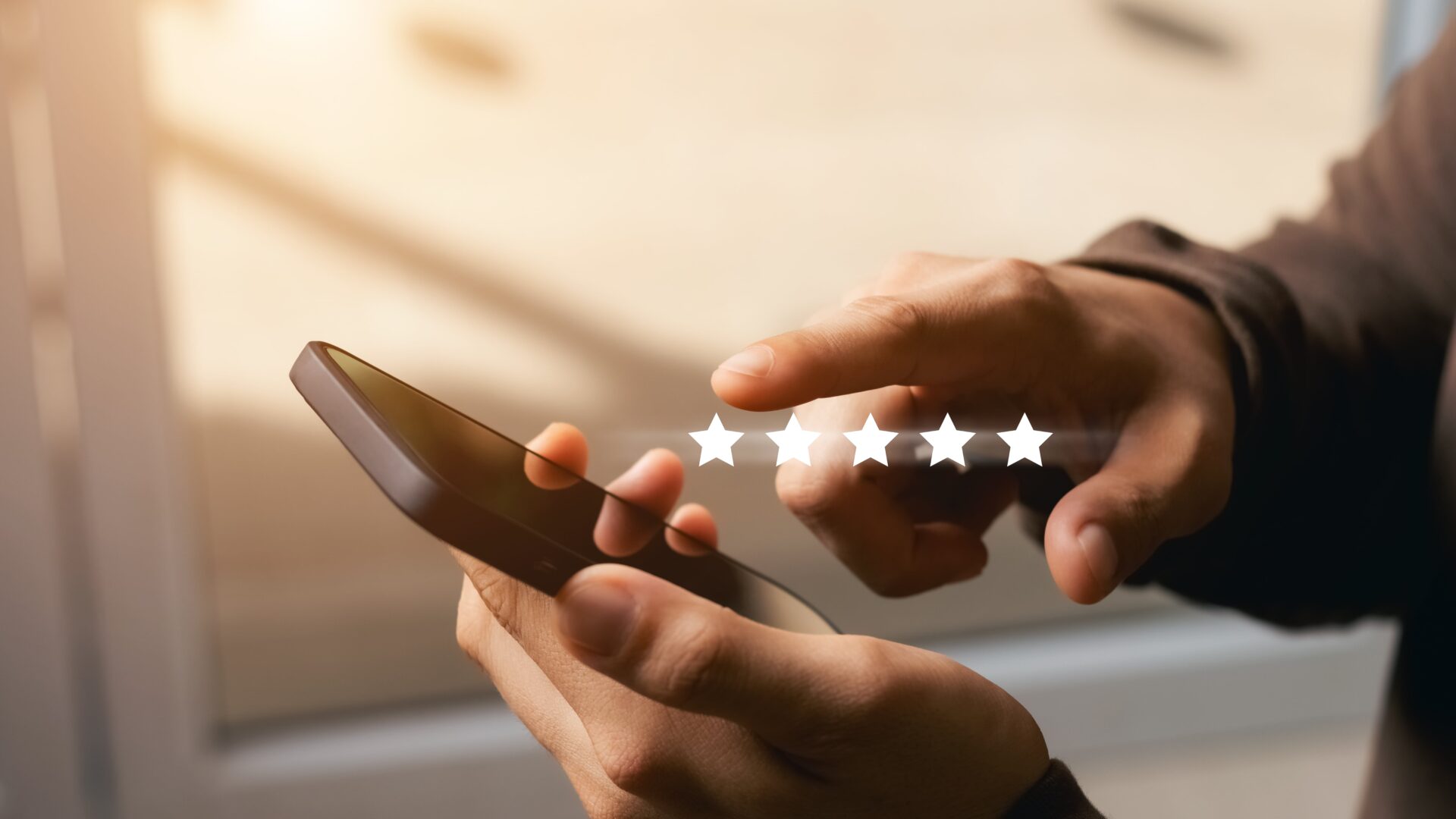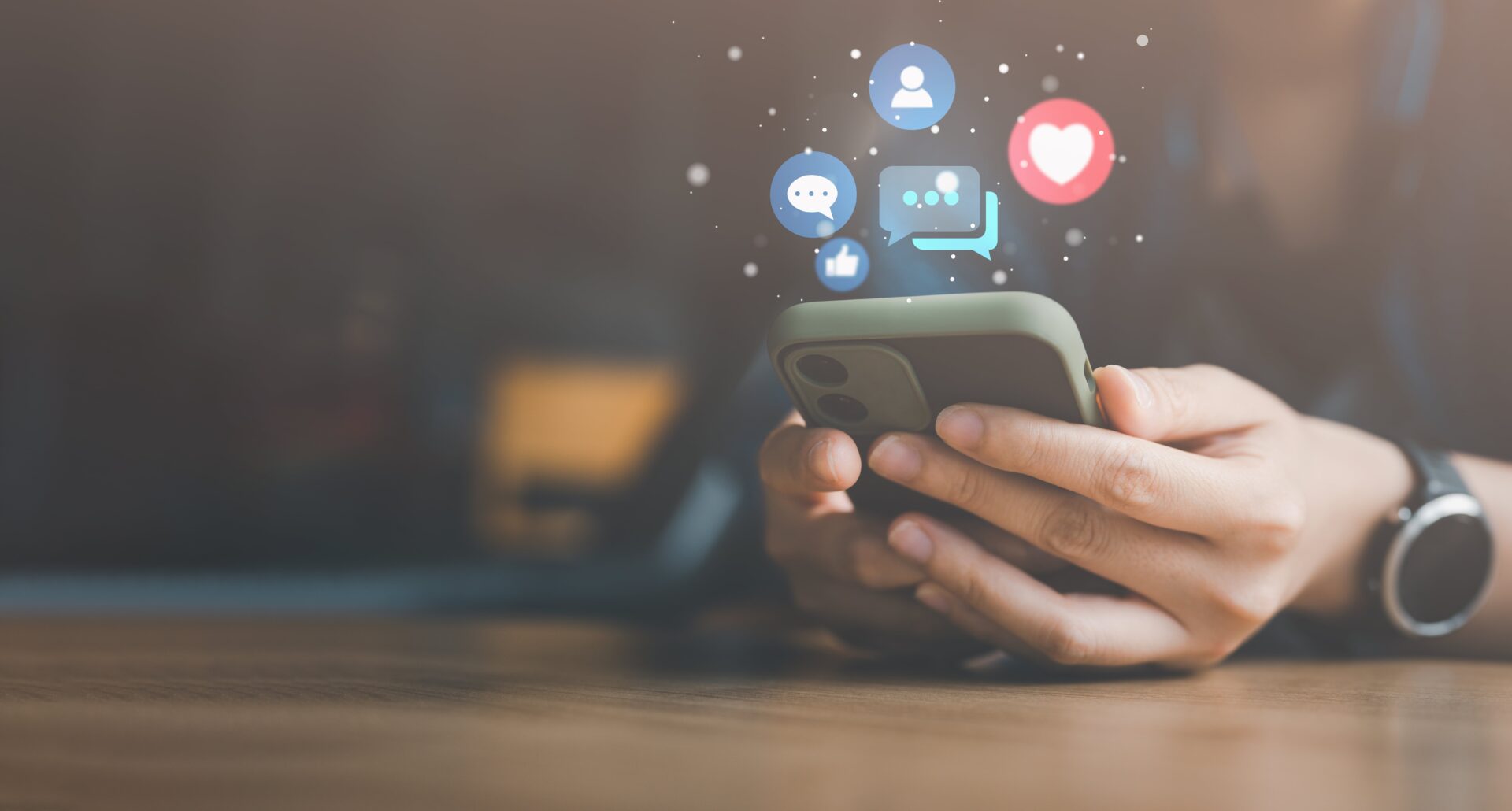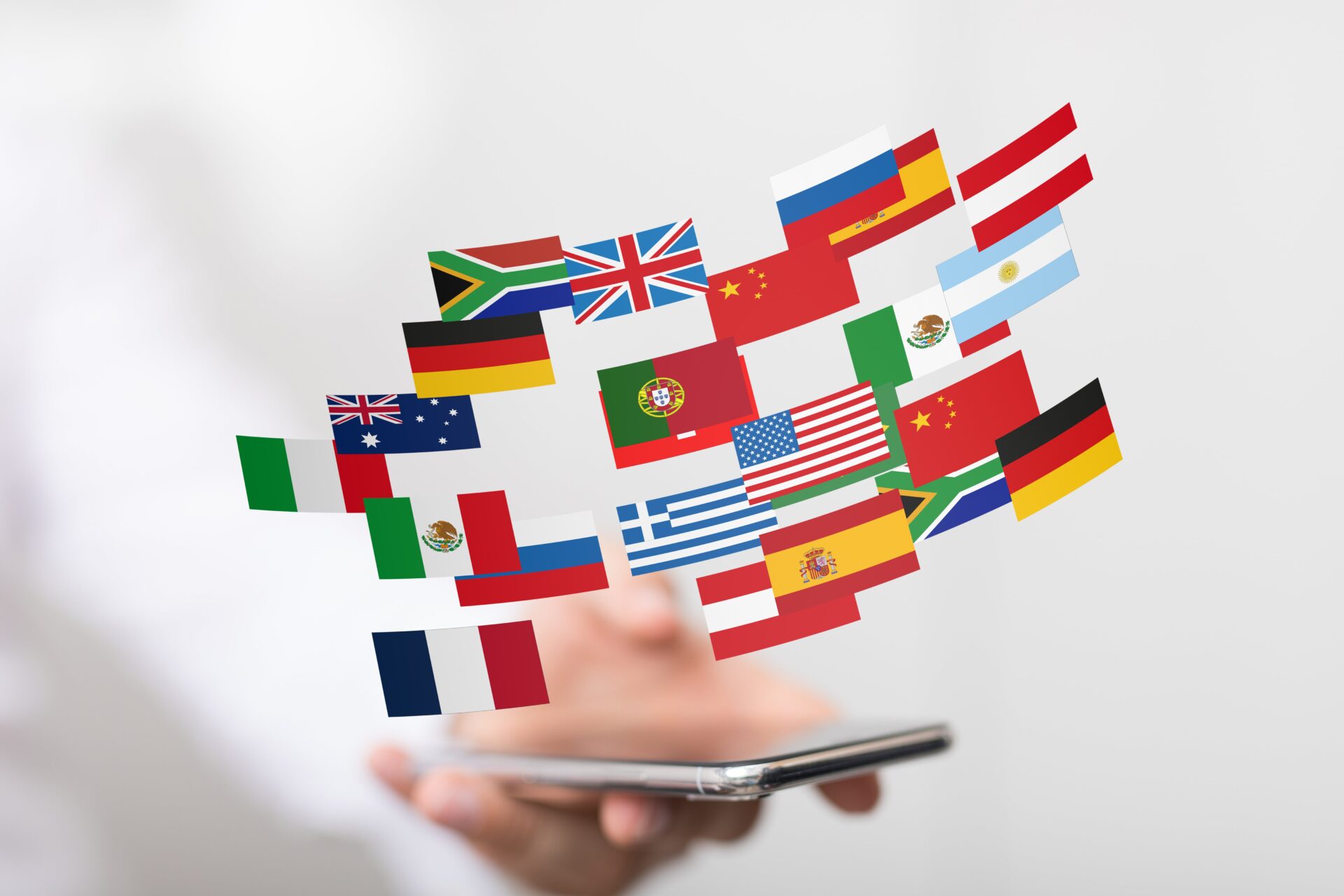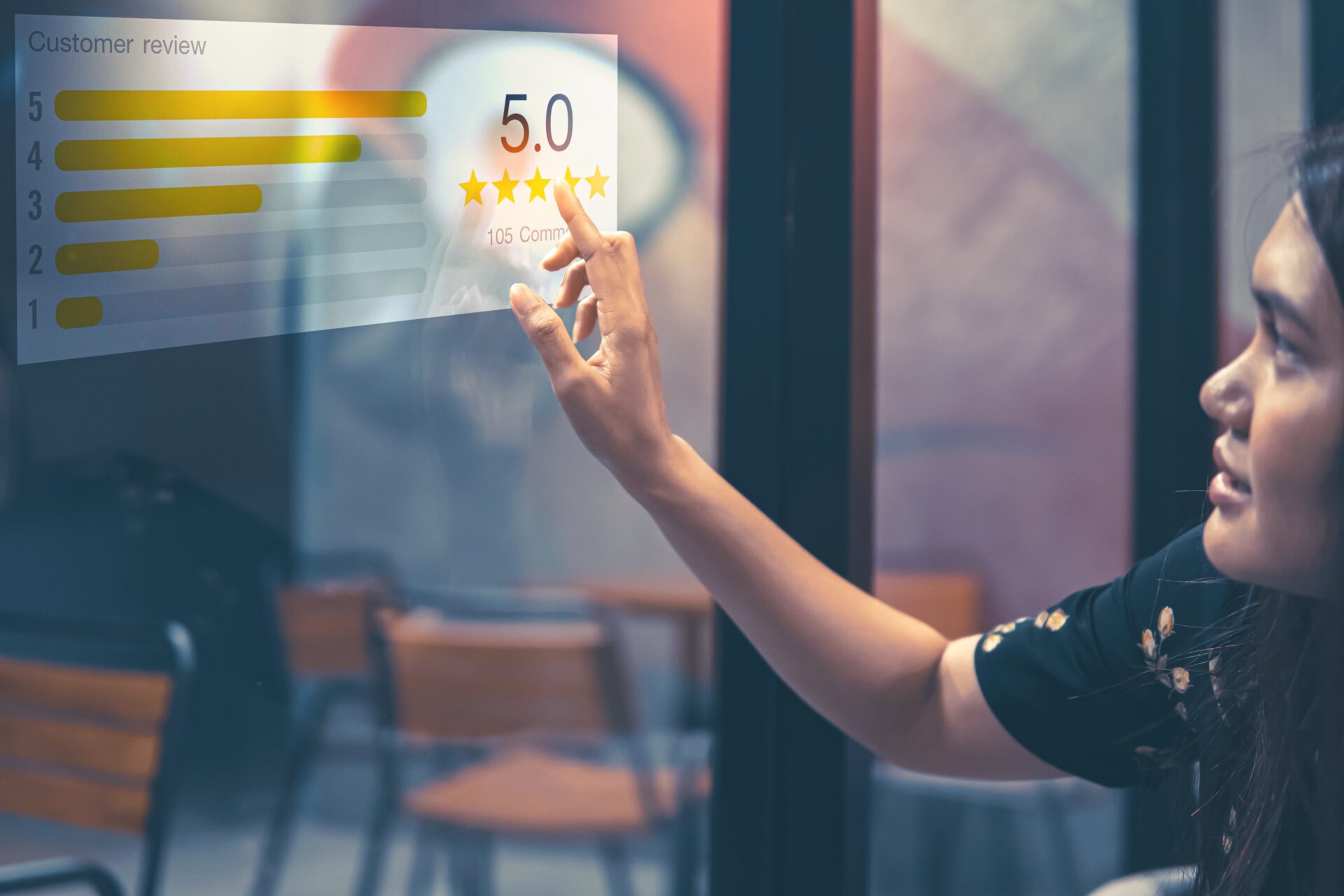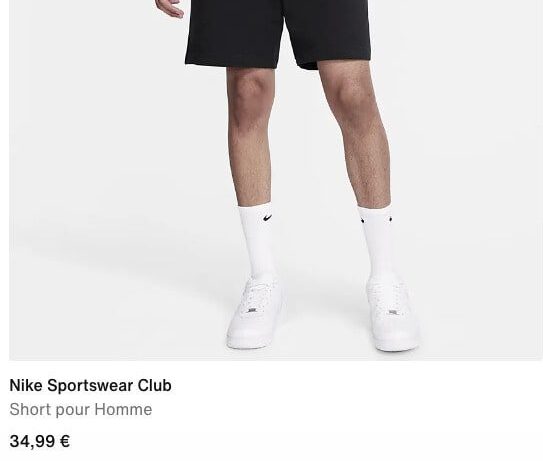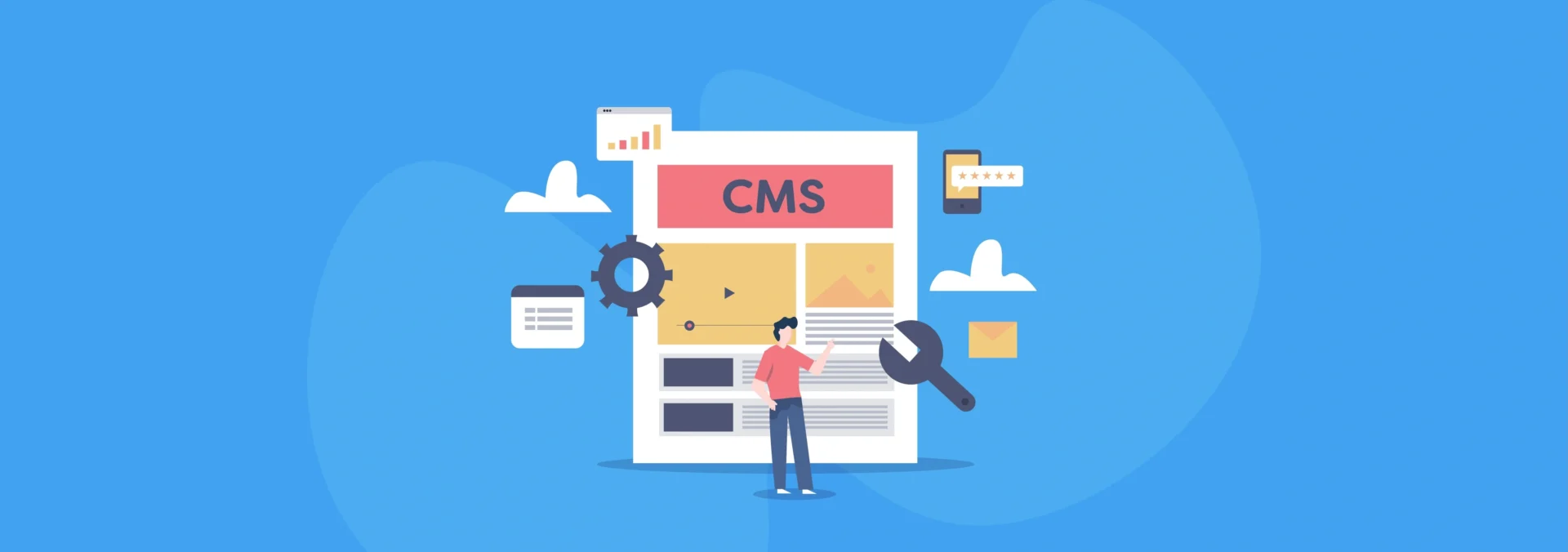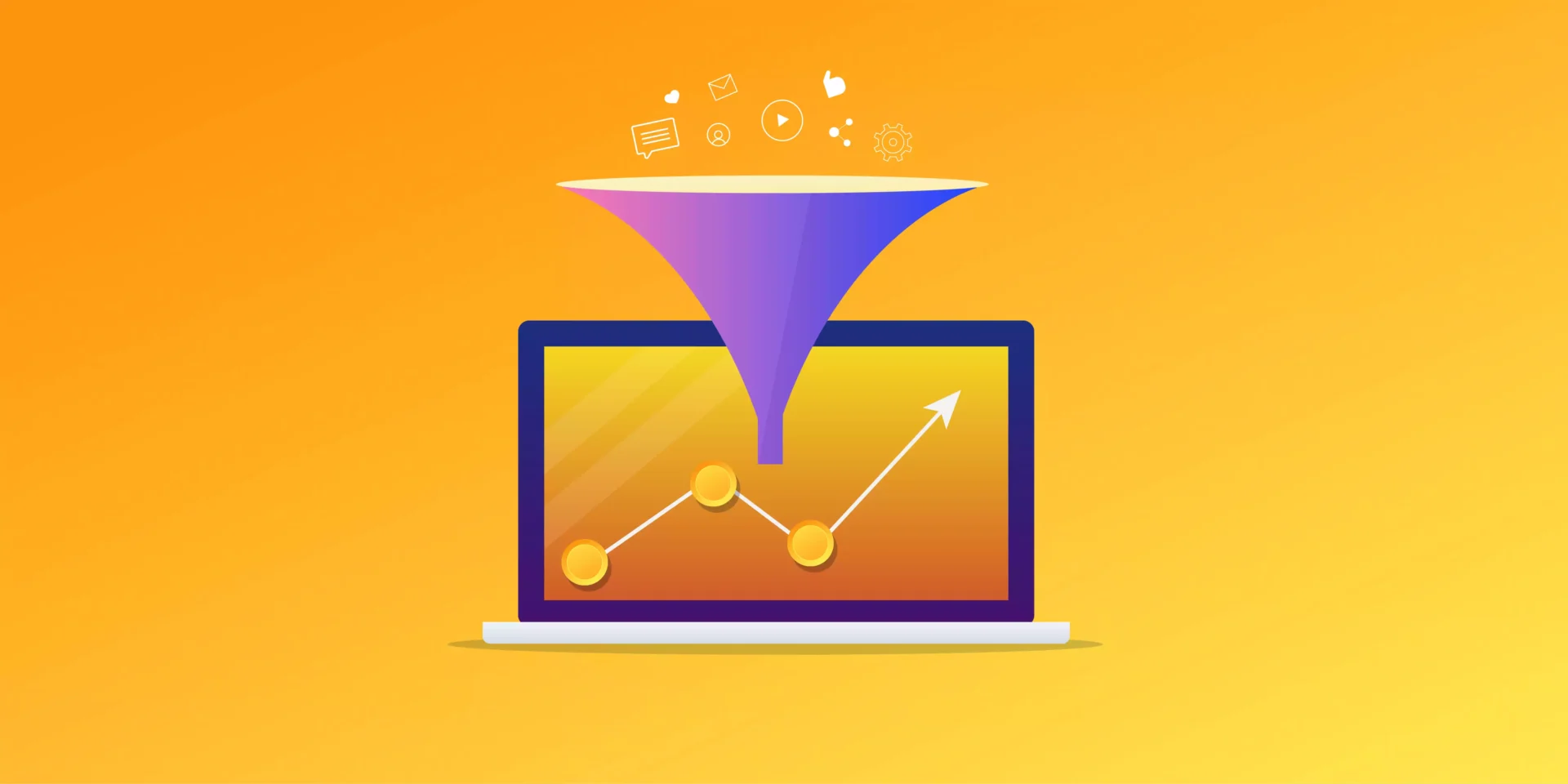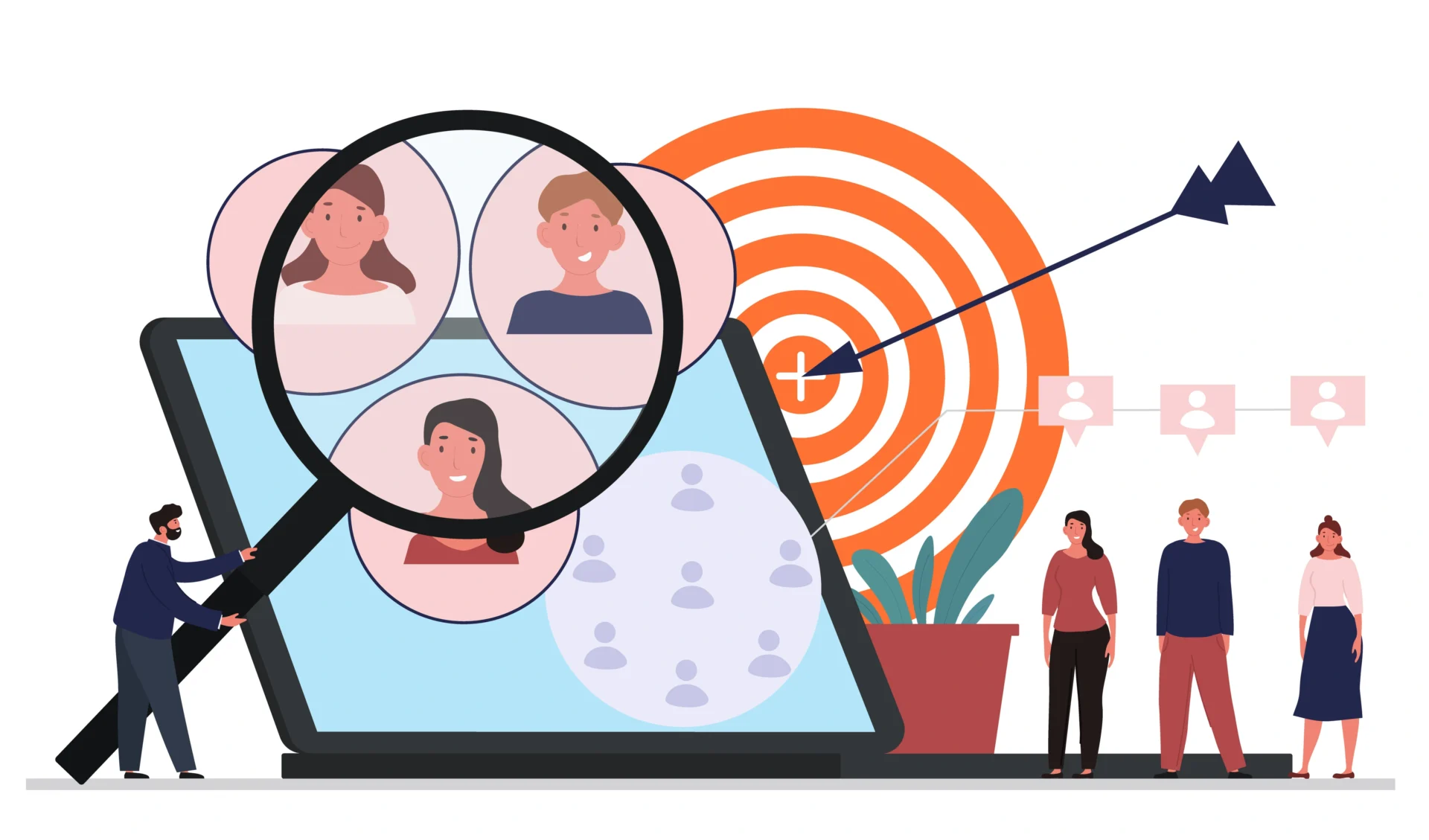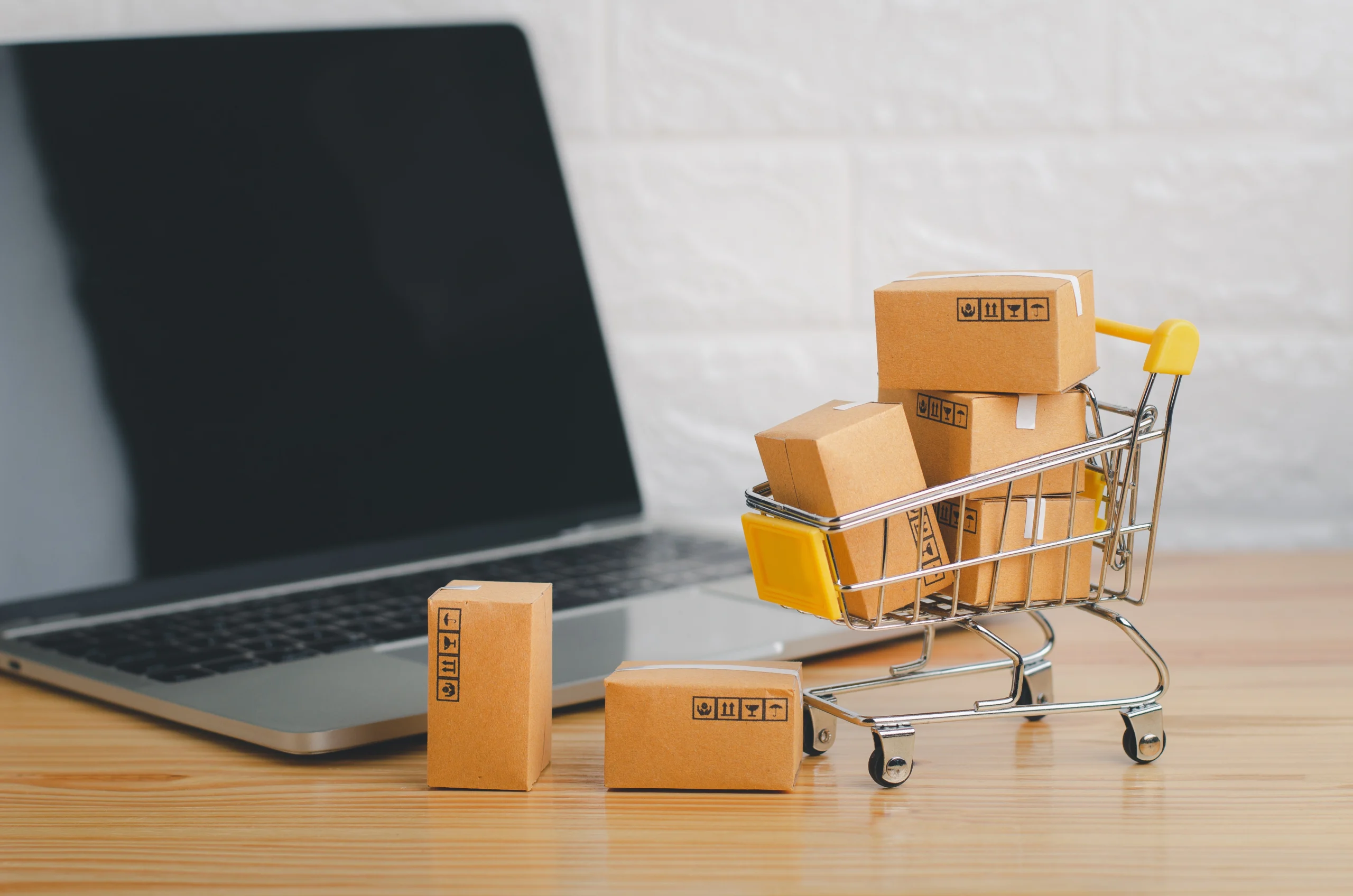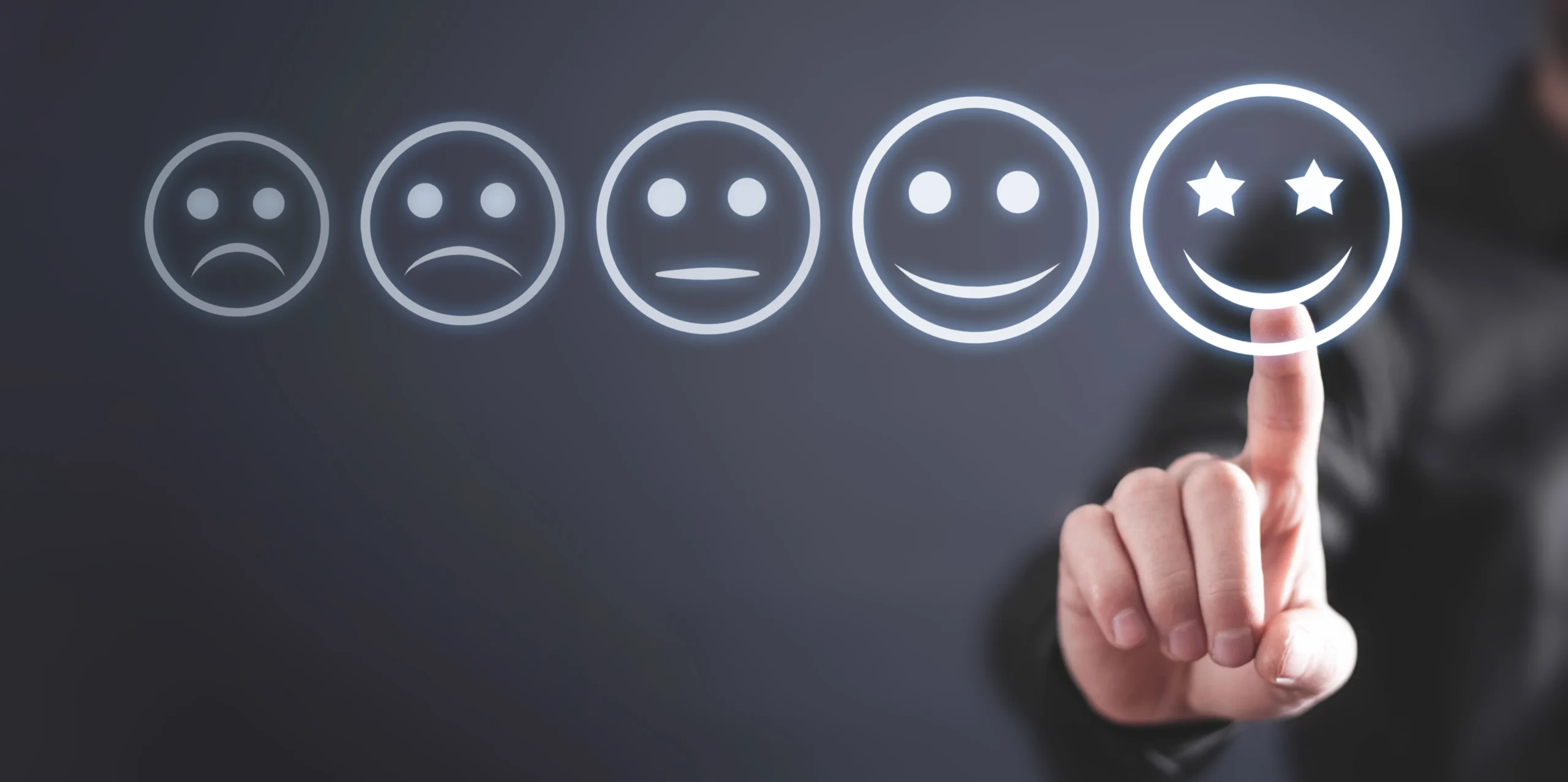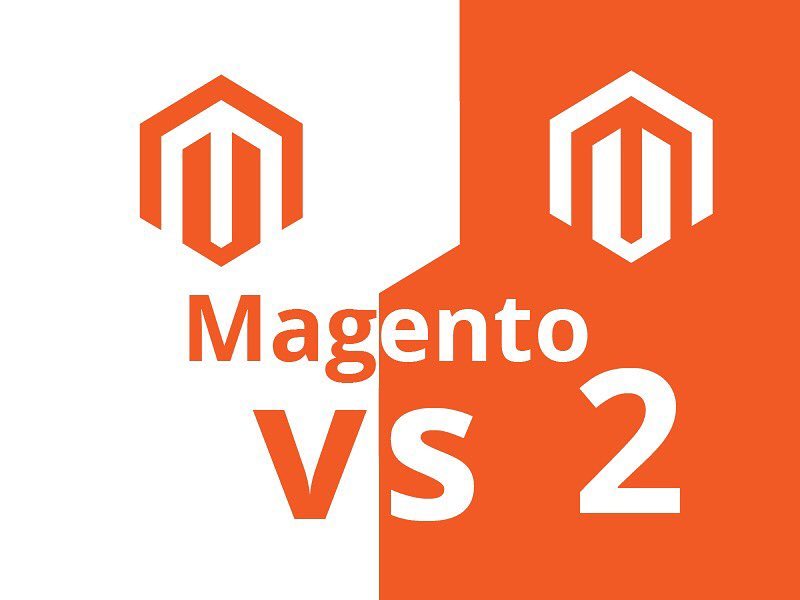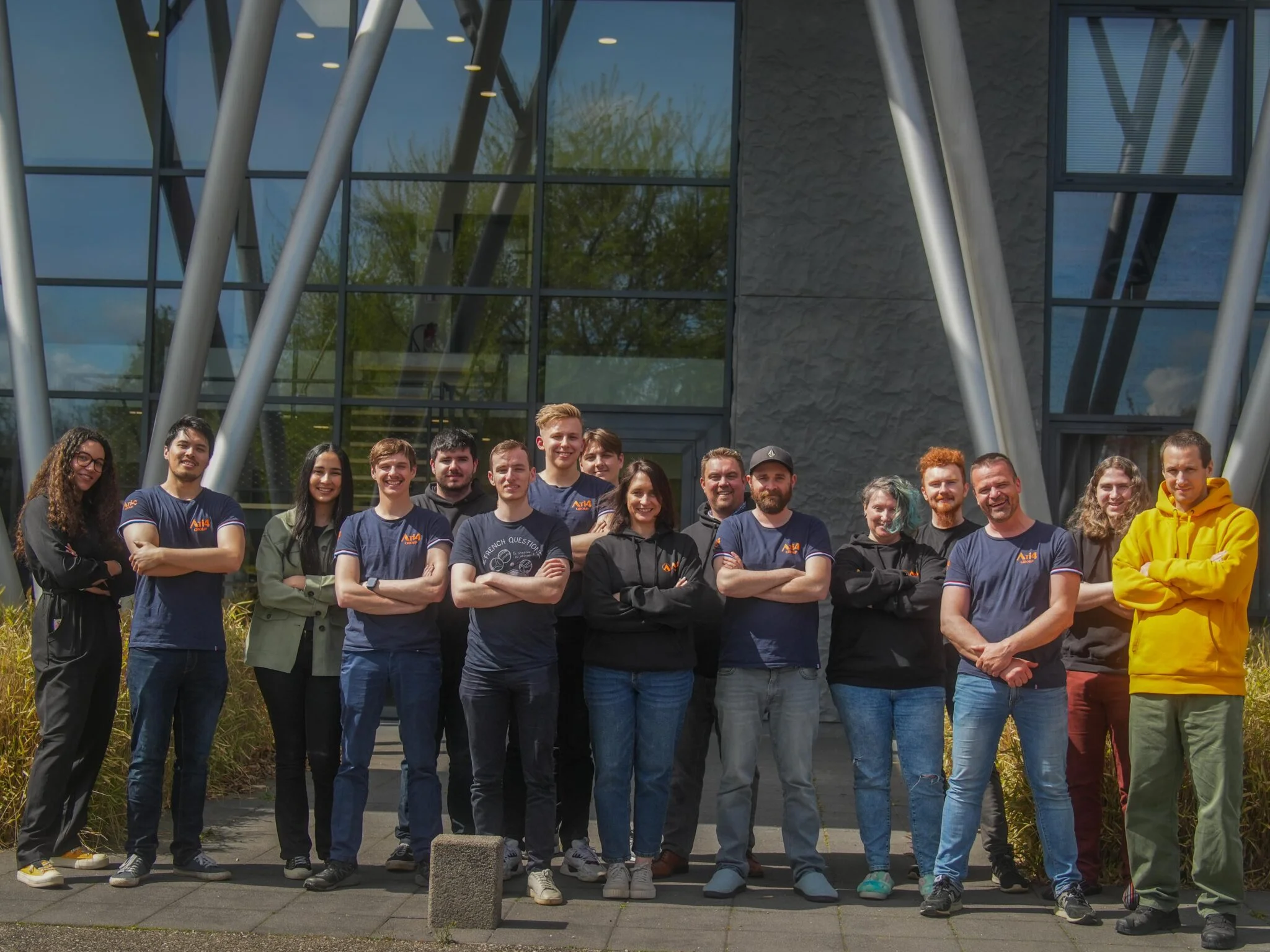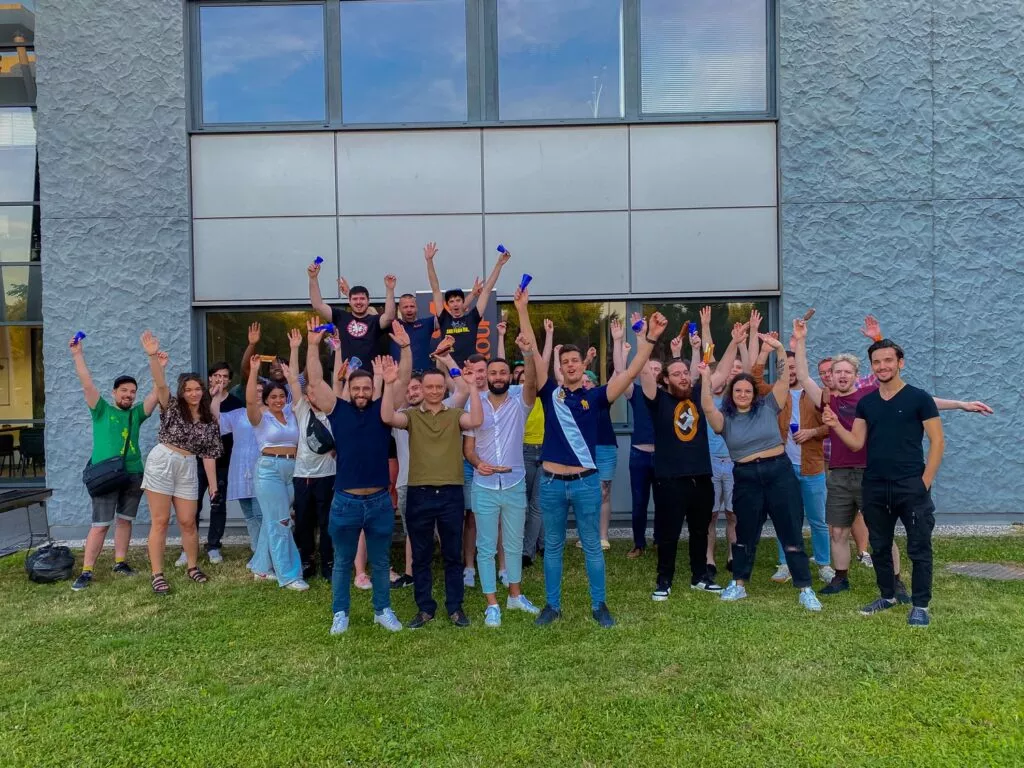B2B and B2C e-commerce
by Cannelle Lemnos January 27th 2025

In a world where e-commerce has become a cornerstone of the global economy, B2B and B2C sales models represent two essential facets of the system.
While both sales techniques share some commonalities, they are fundamentally differentiated by marketing strategies in terms of goals, target audiences, complexity, and especially logistics, in an ever-evolving ecosystem. What are their respective strategies? How do customer expectations—whether individual consumers or business professionals—shape innovations and business practices?
👇🏽 Scroll down for a detailed breakdown.
Business-to-Consumer (B2C)
B2C (Business-to-Consumer) is a business model where a company directly sells its products or services to end consumers. B2C e-commerce focuses on transactions between a business and individual customers—essentially the online shopping experience we’re all familiar with. This model is most commonly associated with platforms like Amazon, Zalando, ASOS, and others.
B2C represents a significant share of e-commerce, spanning industries like fashion and accessories, electronics, food, cosmetics, and entertainment, including streaming platforms and video-on-demand services. In 2023, the global B2C e-commerce market, dominated by China and the United States, was valued at over $5 trillion, a figure expected to grow due to increasing online purchases, particularly in emerging regions.
The B2C model targets individuals, which means its marketing and communication strategies focus on emotion, personalization, and immediate satisfaction. This model emphasizes meeting consumer needs with accessible, competitive offerings and a seamless, user-friendly shopping experience. In B2C, mobile commerce (m-commerce) dominates: users make purchases not only through e-commerce websites but also via marketplaces and social media platforms.
The decision-making process is usually shorter. Consumers often make quick decisions driven by their emotions and needs. Brands, therefore, focus on creating emotional connections through storytelling, using narratives tied to products or the brand itself. The goal is to captivate consumers on an emotional level.
Pricing is another sensitive topic. Consumers look for the best value—high quality at the best price—unavailable elsewhere. Moreover, B2C customers are drawn to brands with recognized customer experiences and accessible support services.
💡 Key takeaway: B2C continues to evolve, driven by technological innovations, changing consumer behavior, and new market entrants. To succeed, businesses must build brand loyalty and cater to the need for instant gratification.
Business-to-Business (B2B)
Conversely, B2B e-commerce is a business model where transactions occur between businesses. Unlike B2C, where the end consumer is the target, B2B caters to professionals, wholesalers, manufacturers, or other entities that use products or services for their operations or resale.
The B2B market is significantly larger, often dwarfing B2C. In 2023, global B2B e-commerce transactions were valued at over $20 trillion, encompassing industries like healthcare, manufacturing, and retail across Asia, North America, and Europe.
In this model, companies purchase goods or services for professional or productive use—whether raw materials, equipment, or products necessary for business operations. B2B transactions are typically more complex, involving larger volumes and contractual specifics regarding pricing, payments, and logistics.
Why? B2B relationships often involve multiple stakeholders, which lengthens decision-making processes but also increases the impact of partnerships. Modern companies seek long-term partners with measurable returns. The more personalized the approach, the stronger the engagement and the more conducive it is to building sustainable, trust-based partnerships.
💡 Key takeaway: B2B is evolving rapidly, with increasing attention to customer experience. This model remains a critical driver of the global economy, playing a vital role in the corporate value chain.
Technical aspects of B2C and B2B e-commerce
B2C and B2B e-commerce platforms differ significantly in design and functionality, tailored to distinct needs and expectations.
For B2C, websites are optimized to handle high traffic volumes and appeal to a broad audience. The focus is on simplicity and intuitiveness, with attractive interfaces and fast user journeys. Product catalogs are generally straightforward, featuring fixed prices clearly displayed, and payment methods are varied (credit cards, PayPal, Apple/Google Pay) to facilitate quick, spontaneous transactions. Technologies like AI enhance the user experience by providing real-time personalization through product recommendations and targeted promotions based on recent searches or purchases. B2C marketing strategies rely on tools like social media advertising, SEO, and one-time promotions.
In contrast, B2B requires a more complex technical structure to accommodate larger, specialized transactions. B2B platforms often include customized portals for each client, where users can access configurable catalogs, negotiated pricing, and order histories. Longer sales cycles, involving multiple decision-makers and internal approvals, necessitate advanced features like multi-user management and integrations with ERP (Enterprise Resource Planning) or PIM (Product Information Management) systems. Payment options also differ: while B2C emphasizes instant payments, B2B allows for invoicing, bank transfers, and custom contractual terms.
Technically, B2B solutions must be robust enough to handle complex, often recurring orders, with automation tools to streamline processes. B2B marketing focuses on educational content (white papers, case studies, webinars) to demonstrate expertise, and SEO targets niche, technical keywords. While mobile experiences are essential for both models, B2C prioritizes seamless purchases via apps or responsive websites, whereas B2B tools are more productivity-oriented, accessed through professional portals.
💡 Key takeaway: B2C emphasizes speed and emotion for impulsive buying, while B2B prioritizes personalization, efficiency, and long-term relationship management. These distinctions require tailored technical and functional choices to maximize customer satisfaction and operational efficiency.
A blurring line
Traditionally, B2B and B2C were seen as two distinct worlds, governed by separate rules, expectations, and technologies. However, as consumer behaviors evolve and digitalization reshapes business models, the line between these two approaches is fading. Today, B2B companies increasingly adopt B2C practices, particularly regarding user experience, personalization, and omnichannel commerce.
The rise of B2B e-commerce platforms, coupled with the influence of B2C giants like Amazon, has pushed businesses to rethink their strategies. Professionals buying for their companies are also consumers in their personal lives. They now expect B2B transactions to offer the simplicity, speed, and ease they experience on B2C platforms. Features like recommendations, customer reviews, mobile-optimized interfaces, and one-click ordering, once exclusive to B2C, are now integrated into B2B platforms.
This convergence is an opportunity for businesses to innovate, improve profitability, and deliver exceptional experiences to customers with ever-growing expectations.
The convergence of B2B and B2C in e-commerce is paving the way for hybrid models, blending functionalities and strategies from both worlds to meet the evolving needs of buyers, whether professionals or individual consumers. This evolution is transforming how businesses interact with their clients by integrating personalization, autonomy, flexibility, and efficiency.
Find out what’s new at the company.
Because mixing fun and work is at the heart of our philosophy, we always try to make a special place for it in our business life.
